The Enduring Appeal of Natural Stone in Architectural History: From Ancient Wonders to Modern Marvels

Introduction: A Testament in Stone
For millennia, natural stone has served as the foundational language of architecture, its very essence embodying permanence, strength, and an inherent connection to the earth. From rudimentary megalithic structures to soaring cathedrals and sleek contemporary designs, materials like marble and travertine have been consistently favored for their durability, aesthetic versatility, and the unique character they impart to the built environment. This exploration delves into the rich history of natural stone in architecture, tracing its evolution from ancient civilizations to the groundbreaking designs of the modern era, revealing why these timeless materials continue to inspire and define our most significant structures. For a broader perspective on the use of natural stone in various styles, see Elle Decor.
Echoes of Antiquity: Marble and Travertine in the Ancient World
The ancient world witnessed the dawn of sophisticated stone architecture, with marble and travertine emerging as prominent materials, each lending its distinct qualities to iconic structures.
The Hellenic Ideal: The Majesty of Marble
In ancient Greece, marble was not merely a building material; it was an embodiment of ideals – purity, beauty, and permanence. The gleaming white marble, often sourced from quarries like those that would later yield Thassos marble and marbles similar to Italian Carrara White, formed the very fabric of their most revered temples. The Parthenon in Athens, a testament to the pinnacle of Doric architecture, stands as an enduring symbol of this era. Its precisely carved marble blocks, elegant columns, and intricate sculptural friezes showcase the Greeks' mastery of the material and their profound appreciation for its aesthetic potential [Cite a reputable source on ancient Greek architecture]. For examples of how marble continues to inspire, see Architectural Digest.
The Roman Legacy: The Strength of Travertine
The Roman Empire, renowned for its engineering prowess and monumental constructions, embraced travertine with remarkable enthusiasm. This sturdy and readily available stone, often exhibiting warm, earthy tones reminiscent of some honey onyx in its coloration, became a hallmark of Roman architectural identity. The Colosseum, a colossal amphitheater that once hosted gladiatorial contests and public spectacles, is largely constructed from travertine, its robust nature perfectly suited to withstand the immense scale and the passage of time [Cite a reputable source on Roman architecture]. The vast public baths, aqueducts, and triumphal arches of Rome also bear witness to the Romans' masterful use of travertine, a material that spoke of strength, practicality, and the enduring power of the empire.
Onyx: A Touch of Translucence in Ancient Decoration
While marble and travertine formed the structural backbone of many ancient wonders, onyx, with its distinctive banding and translucence (similar to green onyx and white onyx), was often employed for decorative purposes. Though less common in primary architectural elements, fragments of onyx have been found in inlays, small decorative panels, and precious artifacts, suggesting its value for adding a touch of luxury and visual intrigue to select spaces [Cite an archaeological source mentioning ancient onyx use].
Renaissance and Baroque Grandeur: Marble as a Symbol of Power and Beauty
The Renaissance marked a rebirth of classical ideals, with marble once again taking center stage in architectural and artistic endeavors, particularly in Italy.
The Florentine Flourish and Roman Revival: Marble in the Renaissance
In Florence, the cradle of the Renaissance, marble was integral to the creation of magnificent palazzi and churches. The intricate marble facades of buildings like the Florence Cathedral (Duomo) showcase the era's dedication to craftsmanship and the visual richness that could be achieved with carefully selected and carved stone, including pristine white marbles akin to Italian Carrara White [Cite a source on Renaissance architecture in Florence]. As the Renaissance spread to Rome, grand projects like the rebuilding of St. Peter's Basilica saw an even more extensive use of marble, both structurally and decoratively, with vast expanses of polished stone symbolizing the power and glory of the Church. For a professional perspective on marble use, see Interior Design.
The Baroque Drama: Embracing Richly Colored Marbles
The Baroque period, with its emphasis on drama, grandeur, and emotional intensity, witnessed a shift towards the use of more richly colored marbles. Stones like the deep black Nero Marquina marble and the vibrant red Rosso Levanto marble were employed to create striking contrasts and opulent interiors. These marbles, often used in intricate inlay work, altarpieces, and wall claddings, contributed to the theatrical and awe-inspiring aesthetic that defined Baroque architecture [Cite a source on Baroque architecture and design].
The Neoclassical Pursuit of Purity: White Marble Returns
The Neoclassical movement, with its focus on order, reason, and the ideals of ancient Greece and Rome, saw a renewed appreciation for the purity and simplicity of white marble.
Echoes of Antiquity: Marble in Neoclassical Structures
Across Europe and America, Neoclassical buildings, from museums and government buildings to grand private residences, often featured facades and interiors clad in pristine white marbles reminiscent of Thassos marble and high-quality white dolomite marble. The emphasis was on clean lines, balanced proportions, and the unadorned beauty of the stone itself, reflecting a desire to emulate the classical ideals of harmony and intellectual clarity [Cite a source on Neoclassical architecture].
The Modern Era: Natural Stone in Contemporary Design
Despite the advent of numerous modern building materials, natural stone, including marble and travertine, continues to play a significant role in contemporary architecture, valued for its inherent beauty, durability, and sustainable qualities.
Innovation and Adaptation: Natural Stone in the 20th and 21st Centuries
Modern architects have found innovative ways to utilize natural stone, often pushing the boundaries of traditional applications. Travertine, with its textured surface and earthy tones (evoking the warmth of honey onyx), has seen a resurgence in popularity for facades and interior wall claddings, offering a sense of natural warmth and tactility. Marble, in its various forms – from the bold veining of Calacatta Gold marble to the subtle elegance of white dolomite marble – continues to be a favored material for creating luxurious and sophisticated spaces [Cite a source on contemporary architecture using natural stone]. For examples of modern uses of stone, see Dezeen. Architects are also increasingly considering the sustainability aspects of natural stone, recognizing its longevity and relatively low environmental impact compared to some manufactured materials [Cite a source discussing the sustainability of natural stone in architecture].
A Timeless Choice: The Enduring Appeal
The enduring appeal of natural stone in architecture lies in its unique ability to connect us to the earth's history while simultaneously embodying timeless elegance and strength. Whether it's the robust character of travertine that echoes Roman engineering, the pure beauty of marble that recalls Greek ideals, or the dramatic veining that adds a touch of modern luxury (as seen in Wallpaper*), these materials continue to inspire architects and designers to create spaces that are not only functional but also deeply resonant with the beauty of the natural world.
Conclusion: A Legacy Written in Stone
From the foundational stones of ancient temples to the striking facades of contemporary masterpieces, natural stone, particularly marble and travertine, has played an indelible role in shaping the history of architecture. Their enduring appeal lies in a unique combination of physical properties and aesthetic qualities that have allowed them to transcend stylistic trends and cultural shifts. As we look to the future of design, the legacy of these remarkable materials, and perhaps the subtle beauty of onyx in decorative accents, ensures that natural stone will continue to be a vital and inspiring element in the built environment, a testament to the enduring artistry of the earth itself. For further exploration of luxurious applications of natural stone, see

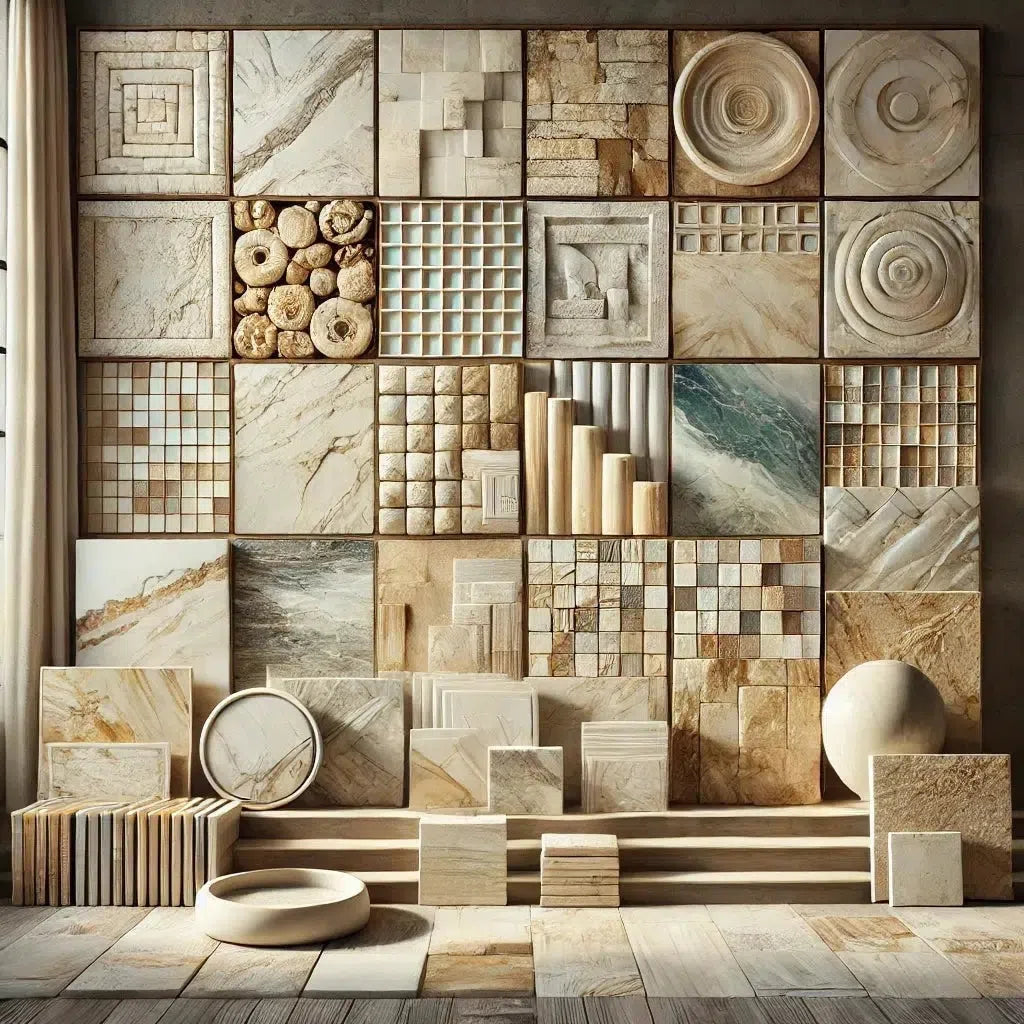 Best Selling Marble Collections
Best Selling Marble Collections
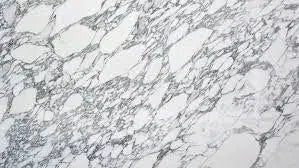 Arabescato Corchia
Arabescato Corchia Bardiglio
Bardiglio Bianco Dolomite
Bianco Dolomite  Carrara White
Carrara White 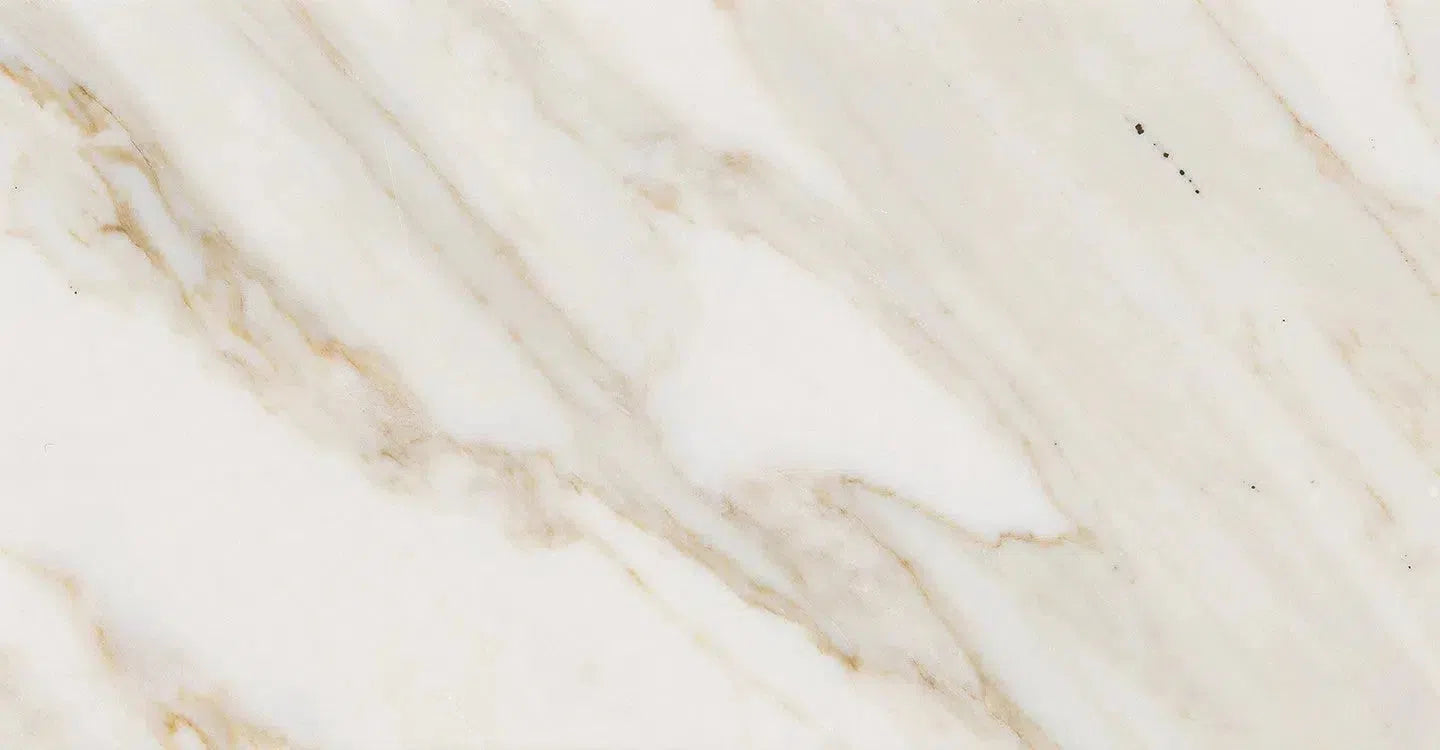 Calacatta Gold
Calacatta Gold Crema Marfil
Crema Marfil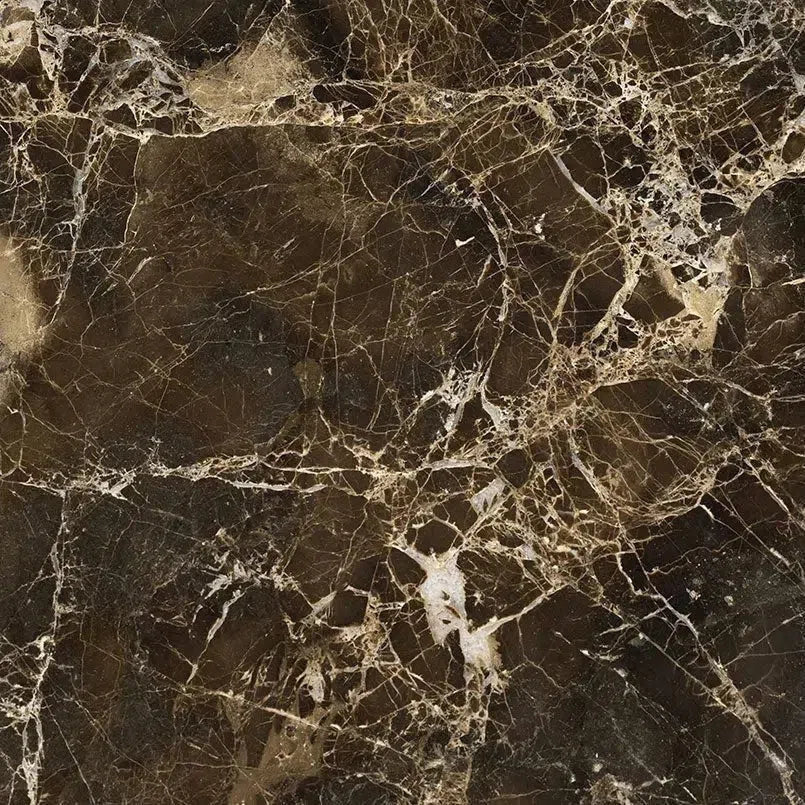 Emperador Dark
Emperador Dark Nero Marquina
Nero Marquina Thassos White
Thassos White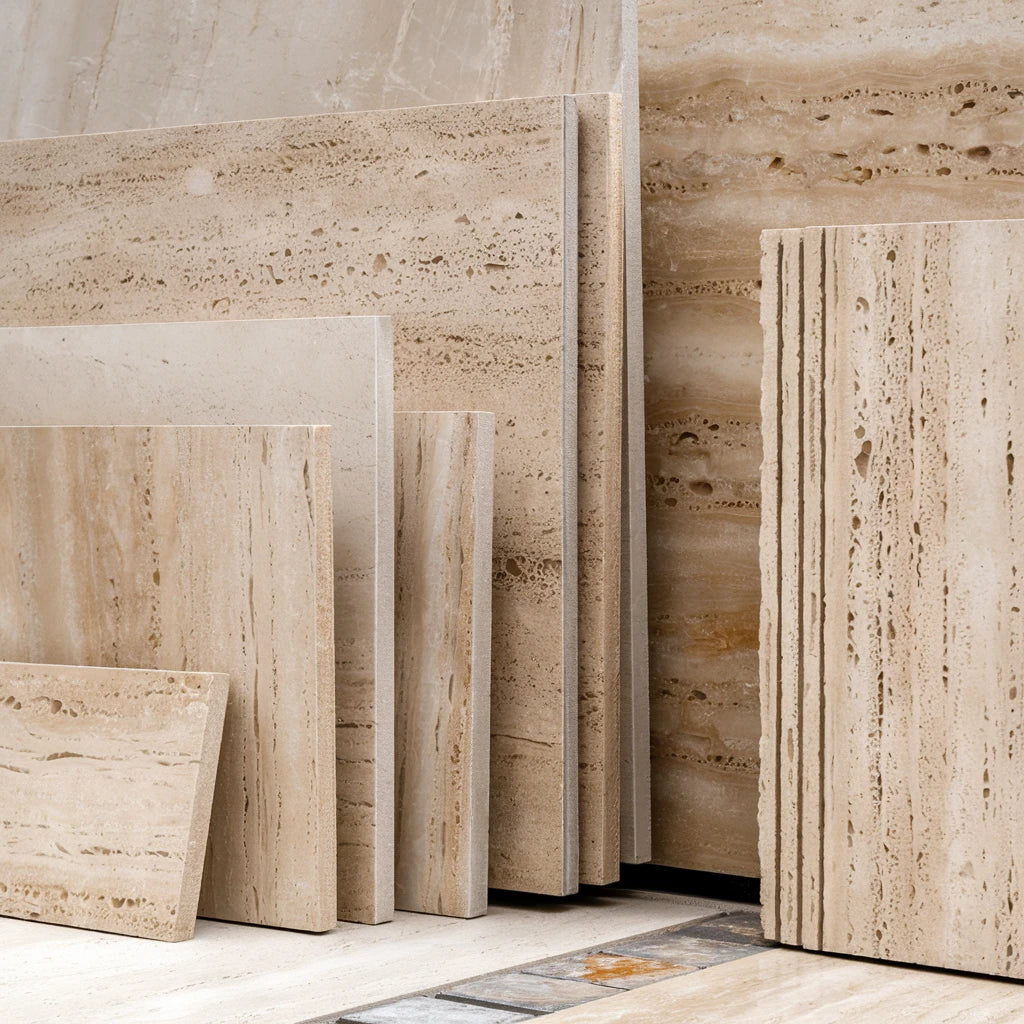 Best Selling Travertine Collections
Best Selling Travertine Collections
 Ivory Travertine
Ivory Travertine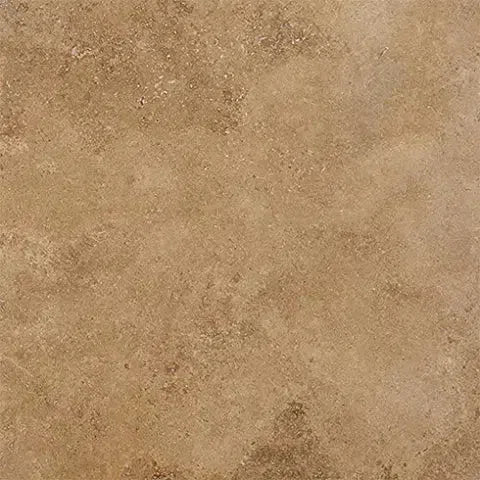 Noce Travertine
Noce Travertine Exotic Noce Travertine
Exotic Noce Travertine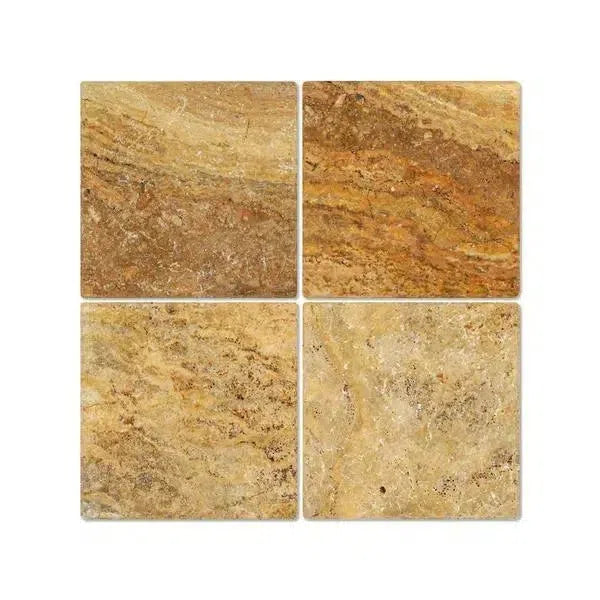 Scabos | Autumn Leaves Travertine
Scabos | Autumn Leaves Travertine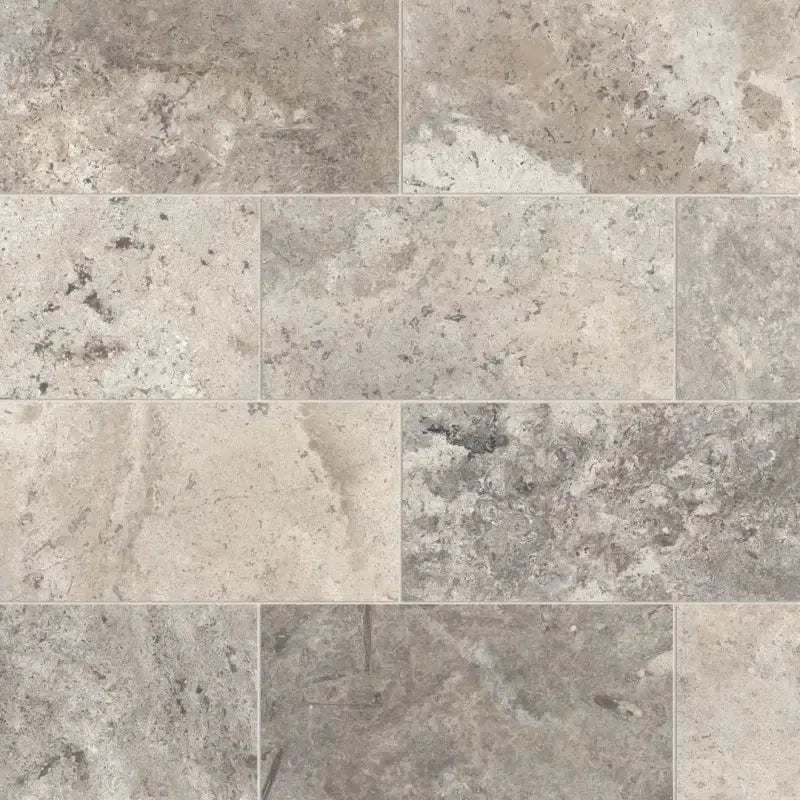 Silver Travertine
Silver Travertine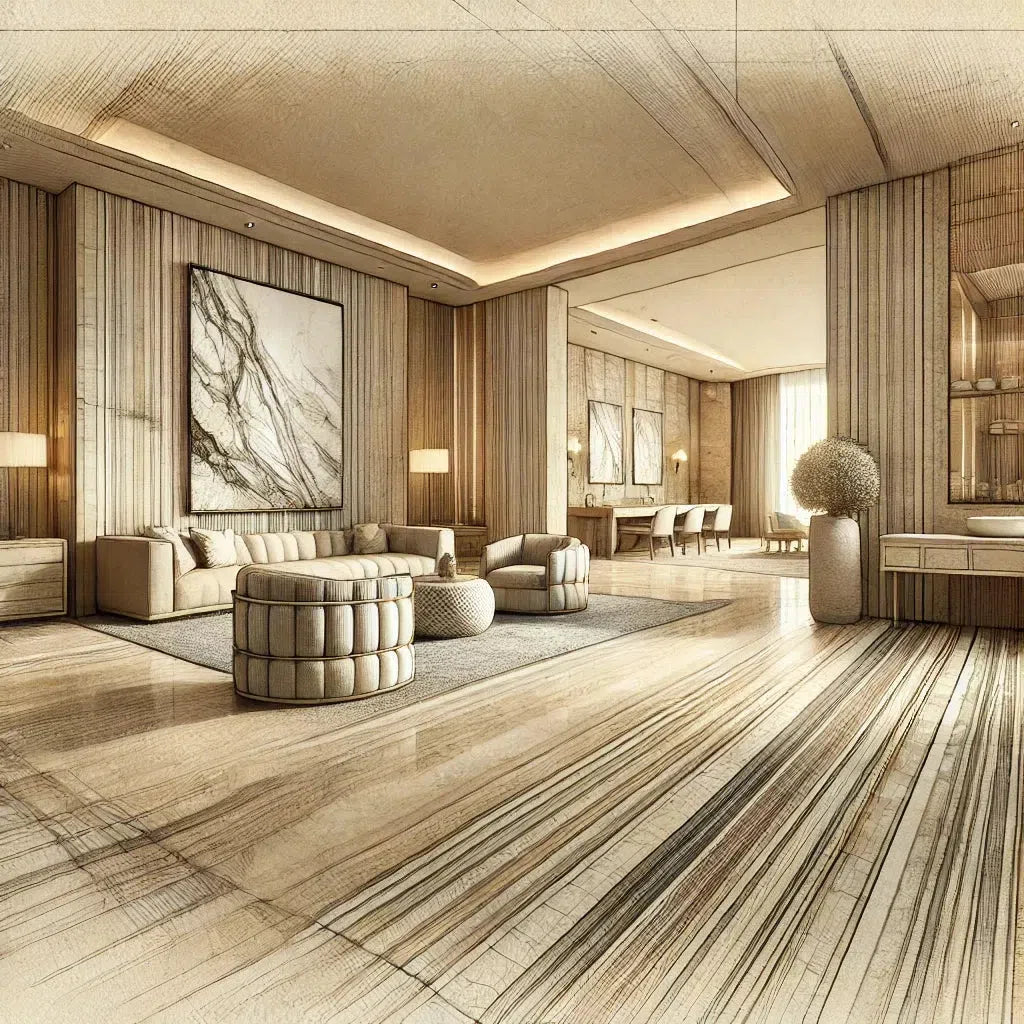 Exotic Travertine
Exotic Travertine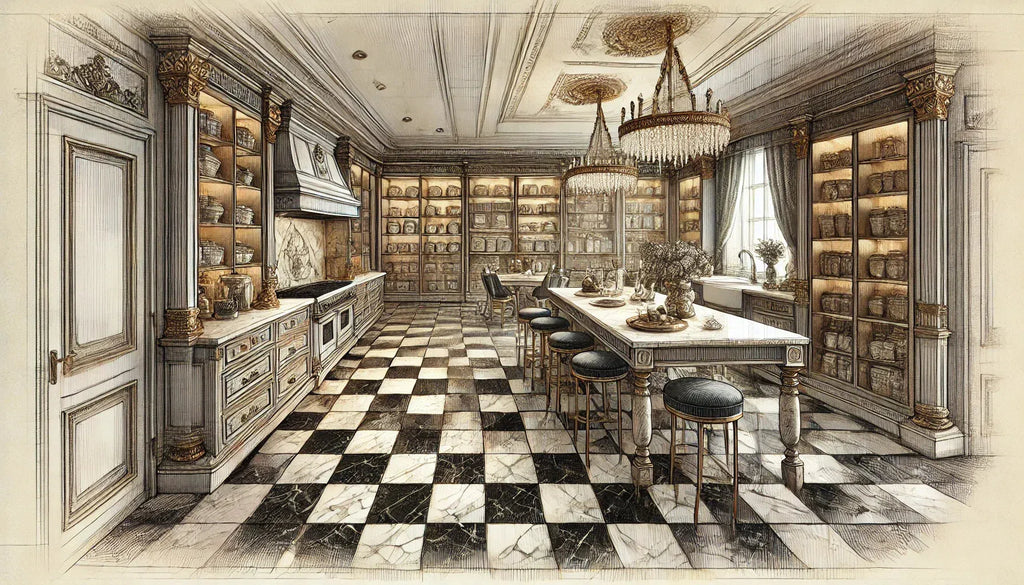 Checkerboard
Checkerboard
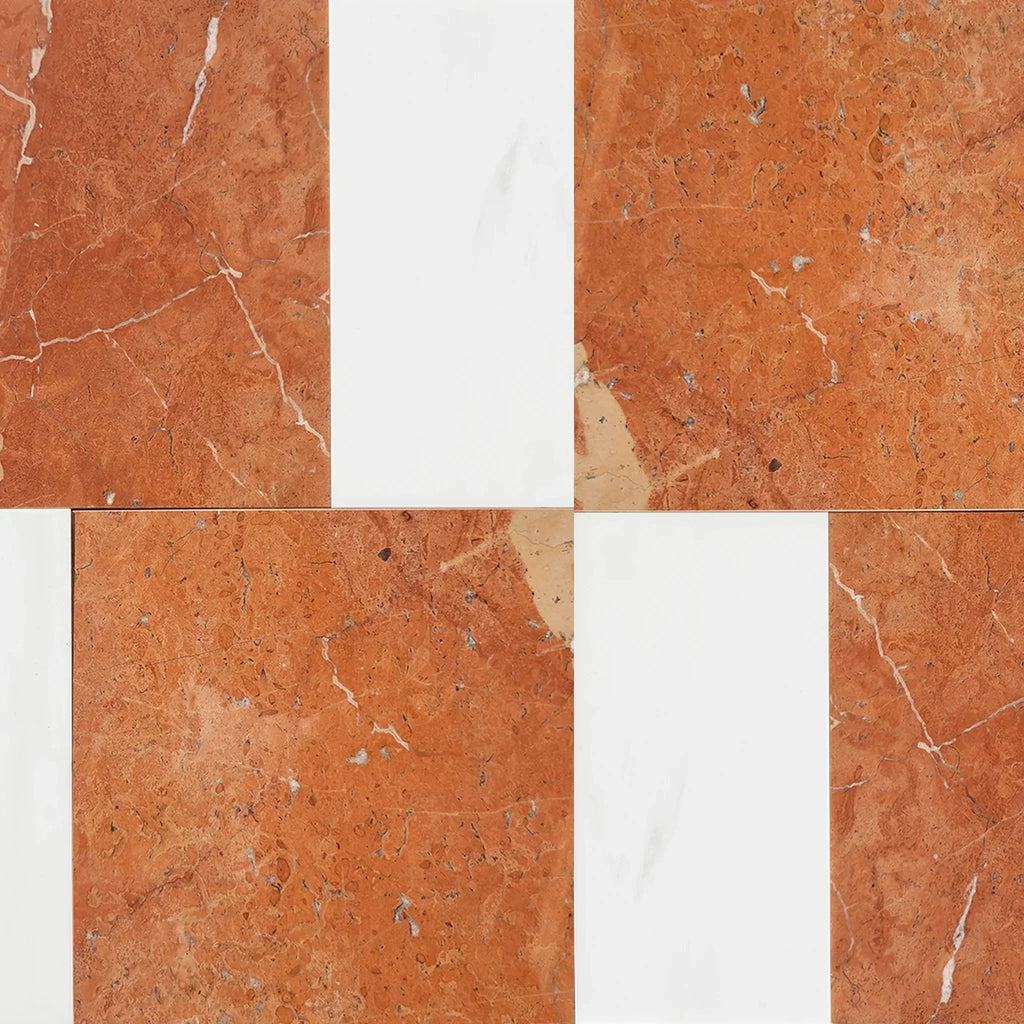 Patterned Tile
Patterned Tile
 Shop By Material
Shop By Material
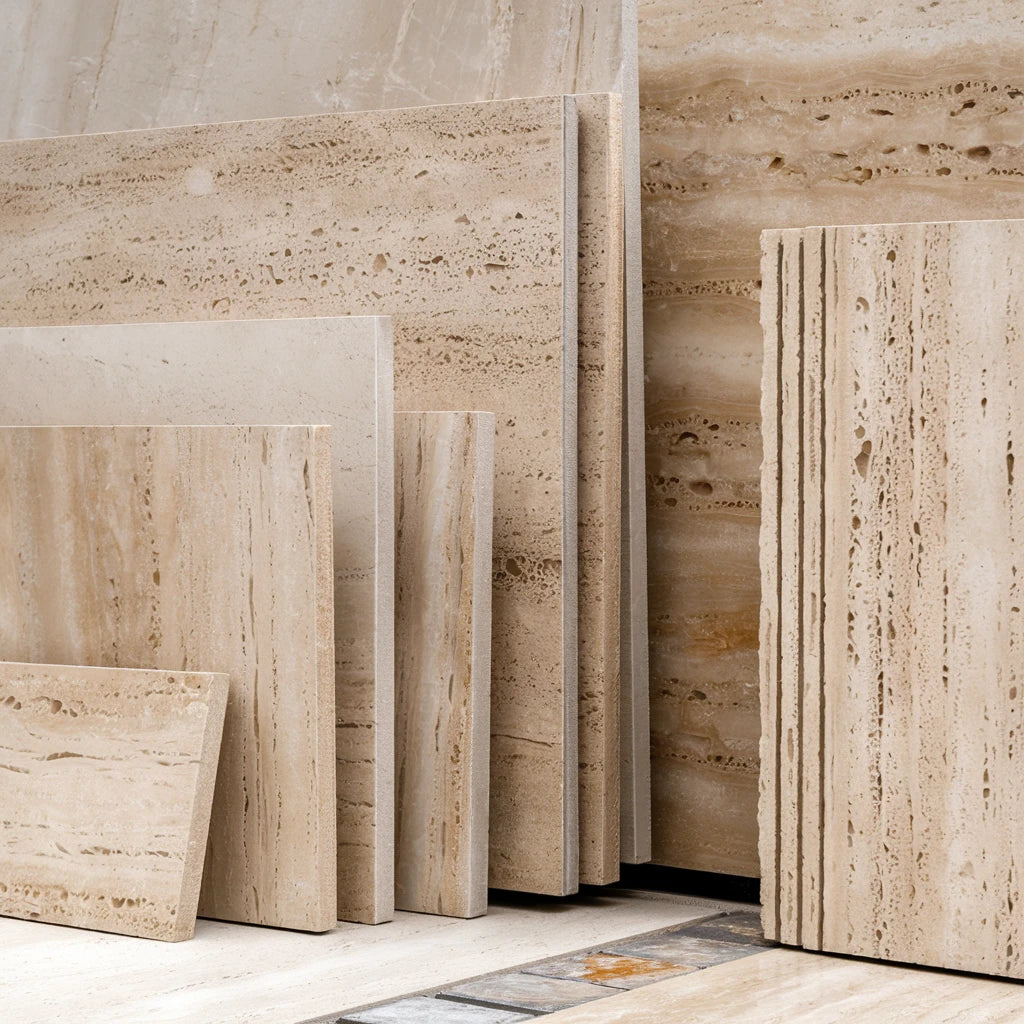 Travertine
Travertine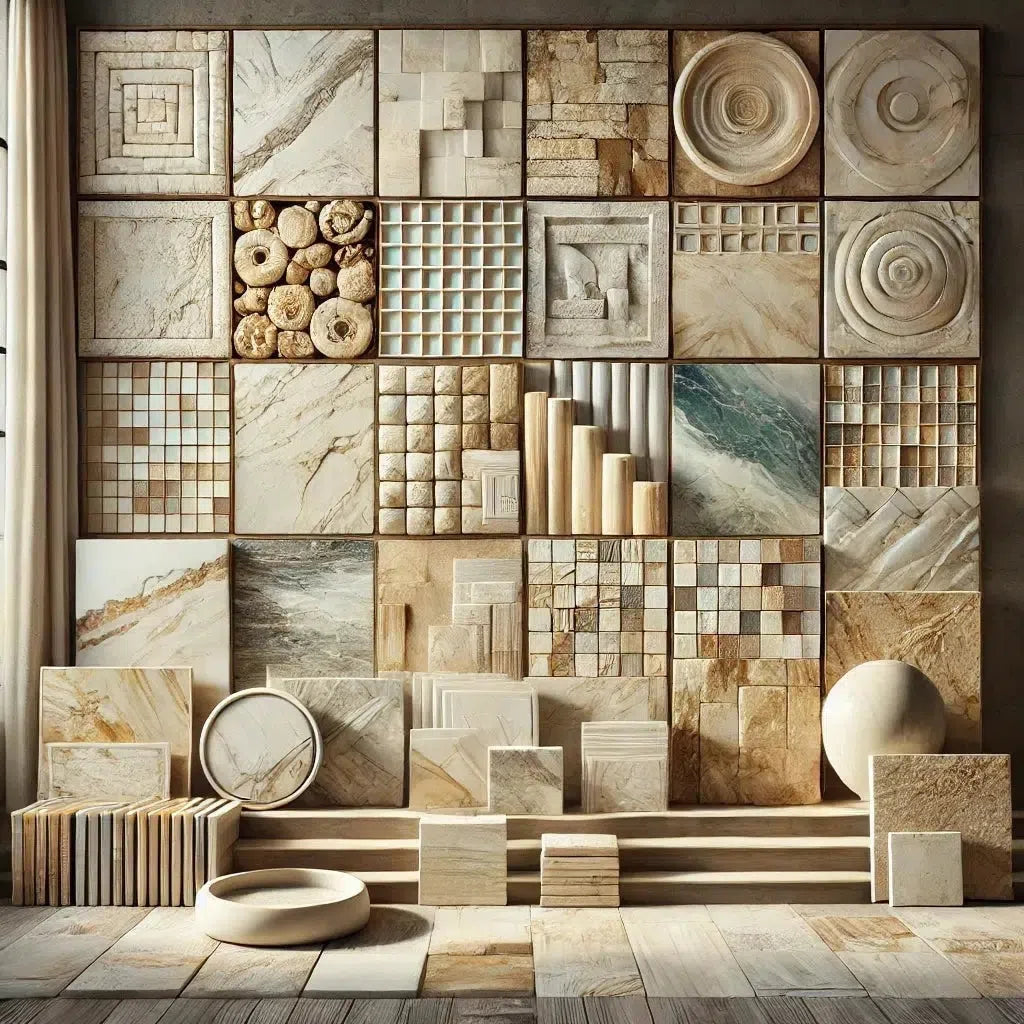 Marble
Marble Limestone
Limestone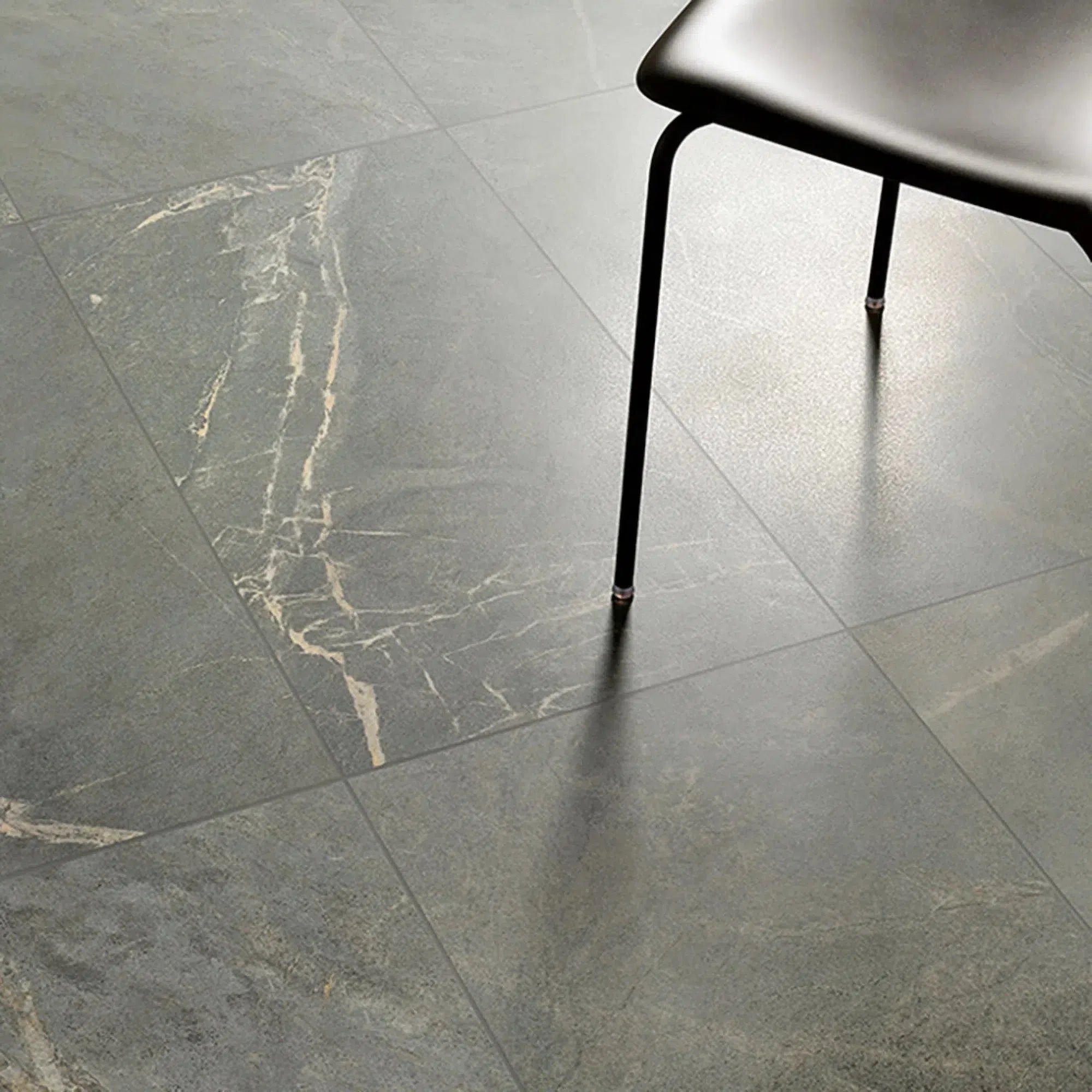 Soap Stone
Soap Stone Quartz
Quartz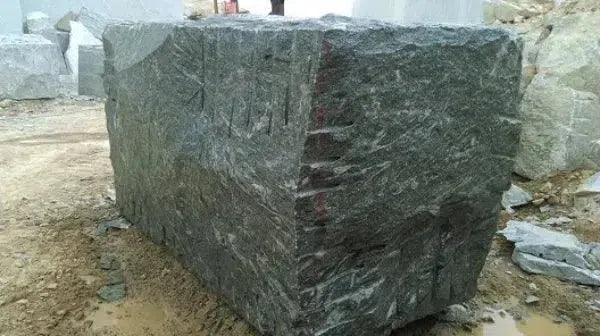 Granite
Granite Shop By Name
Shop By Name
 Absolute Black Granite
Absolute Black Granite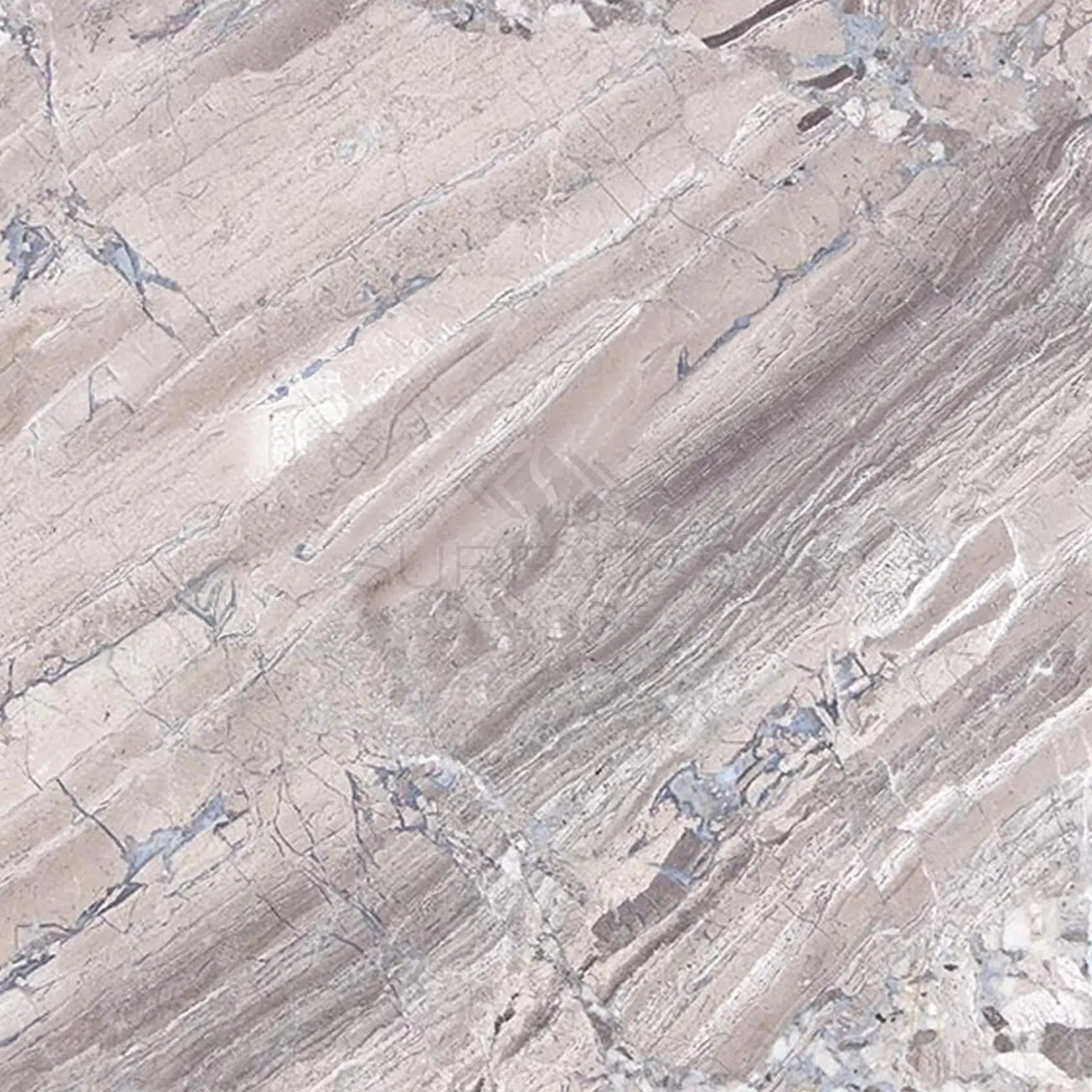 Atlantic Gray Marble
Atlantic Gray Marble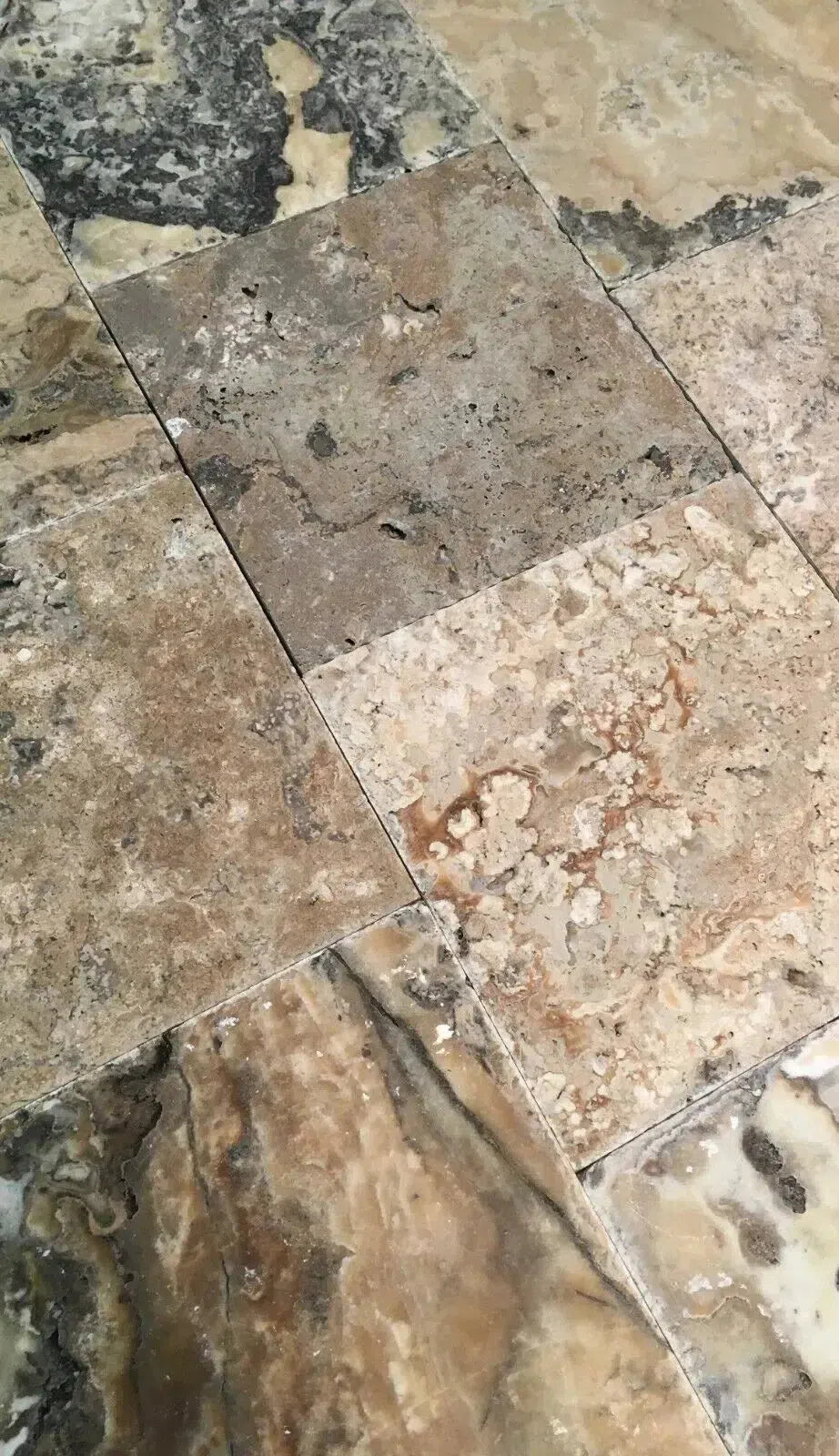 Antico Onyx Travertine
Antico Onyx Travertine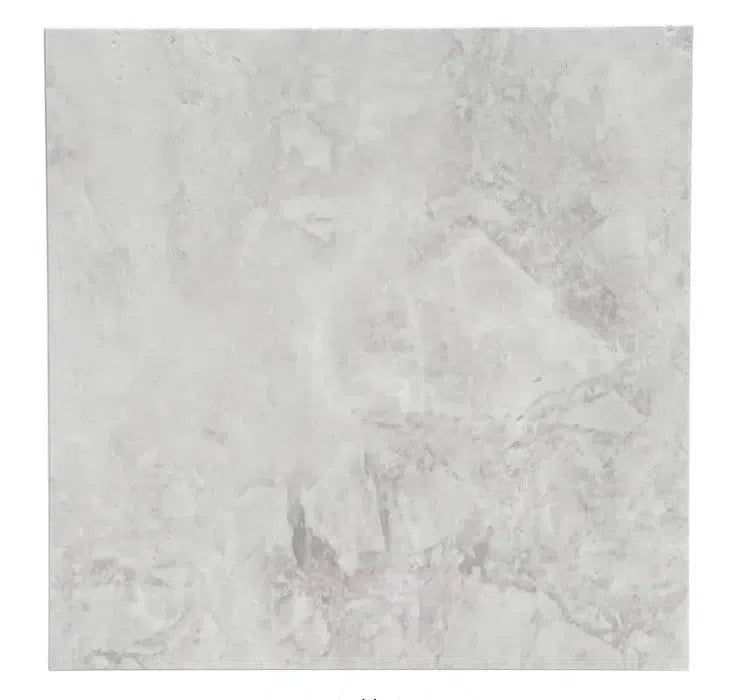 Bianco Congelato Dolomite
Bianco Congelato Dolomite Bianco Venatino (Bianco Mare) Marble
Bianco Venatino (Bianco Mare) Marble Calacatta Oliva Marble
Calacatta Oliva Marble Cappuccino Marble
Cappuccino Marble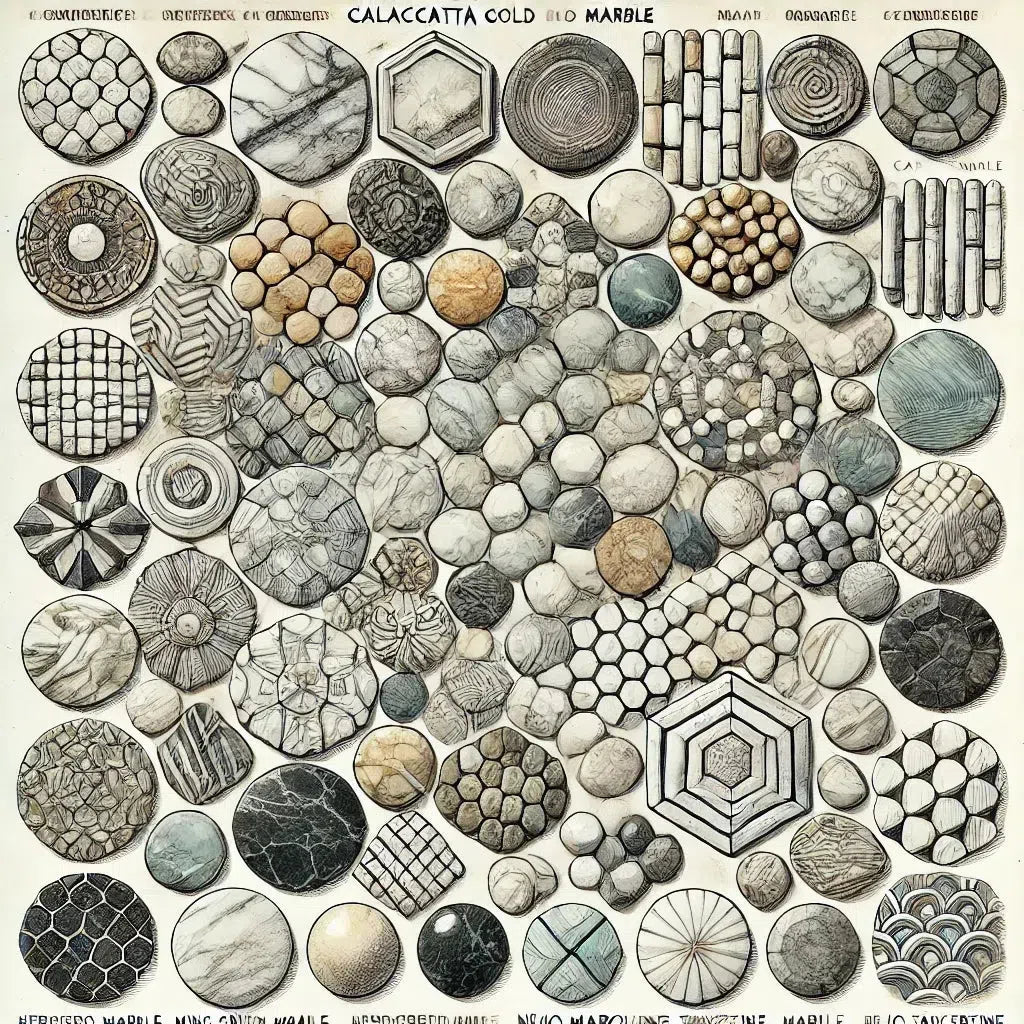 Custom-Made Mosaic
Custom-Made Mosaic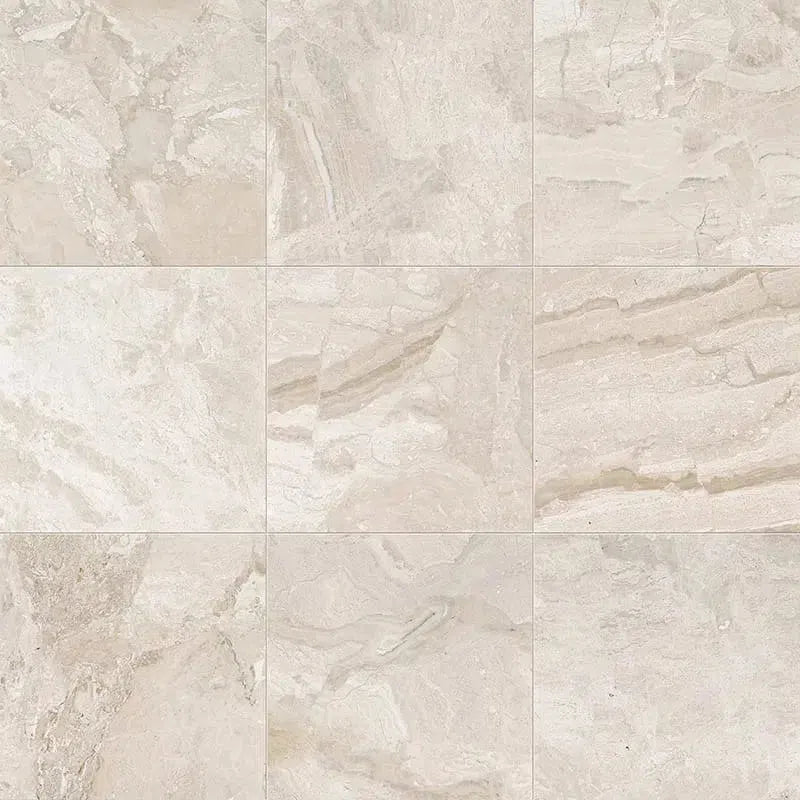 Diano Royal (Queen Beige) Marble
Diano Royal (Queen Beige) Marble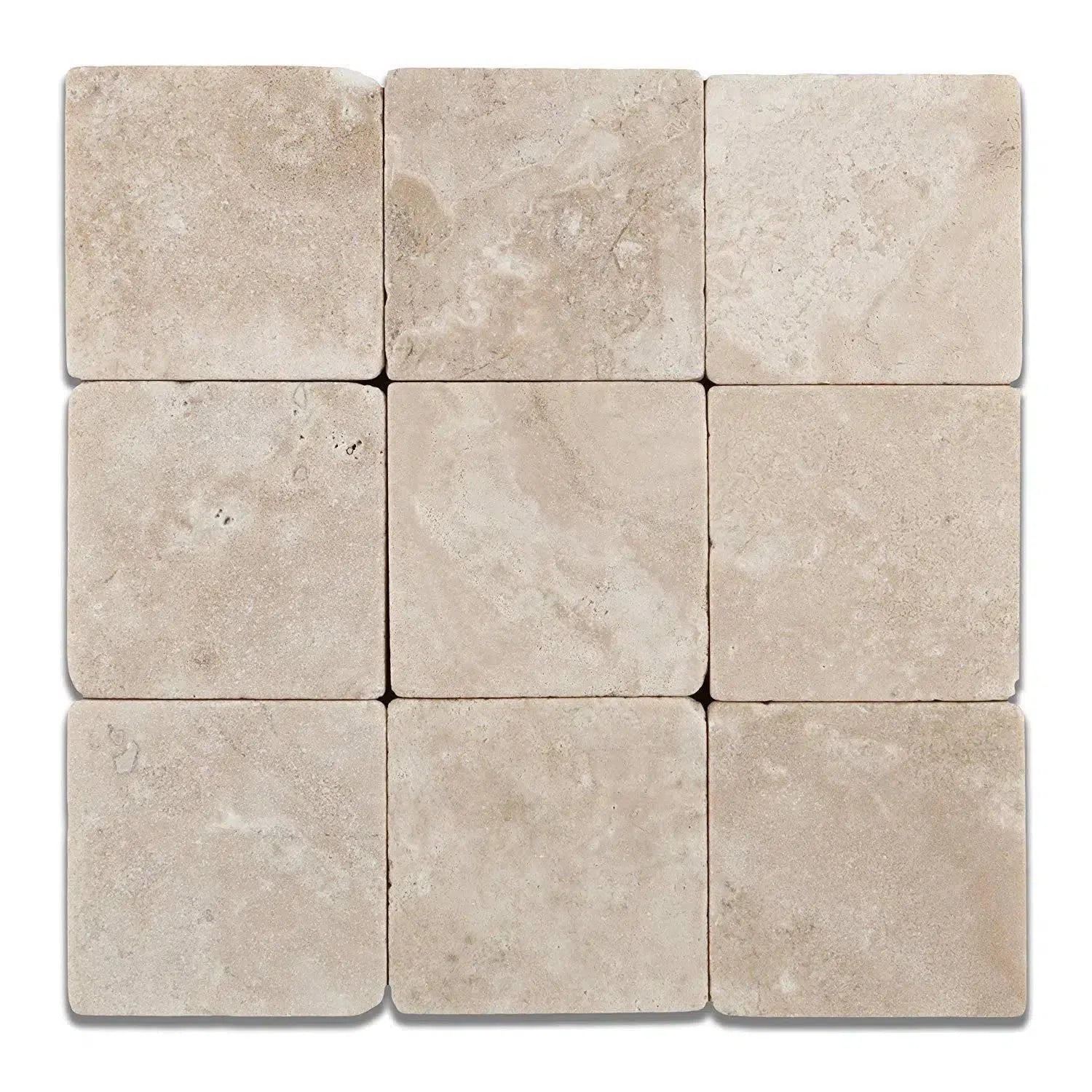 Durango Cream Traverine
Durango Cream Traverine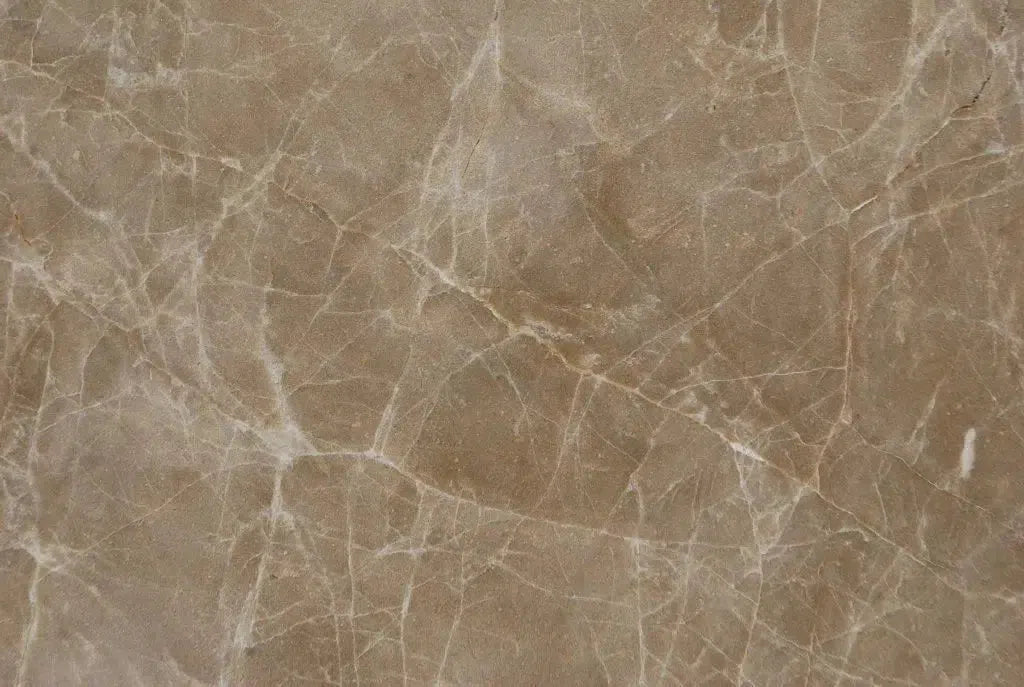 Emperador Light Marble
Emperador Light Marble Empress Green Marble
Empress Green Marble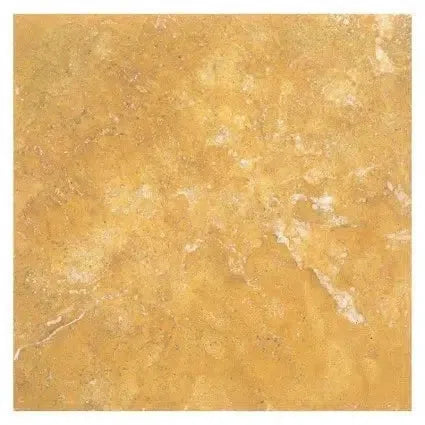 Gold/Yellow Travertine
Gold/Yellow Travertine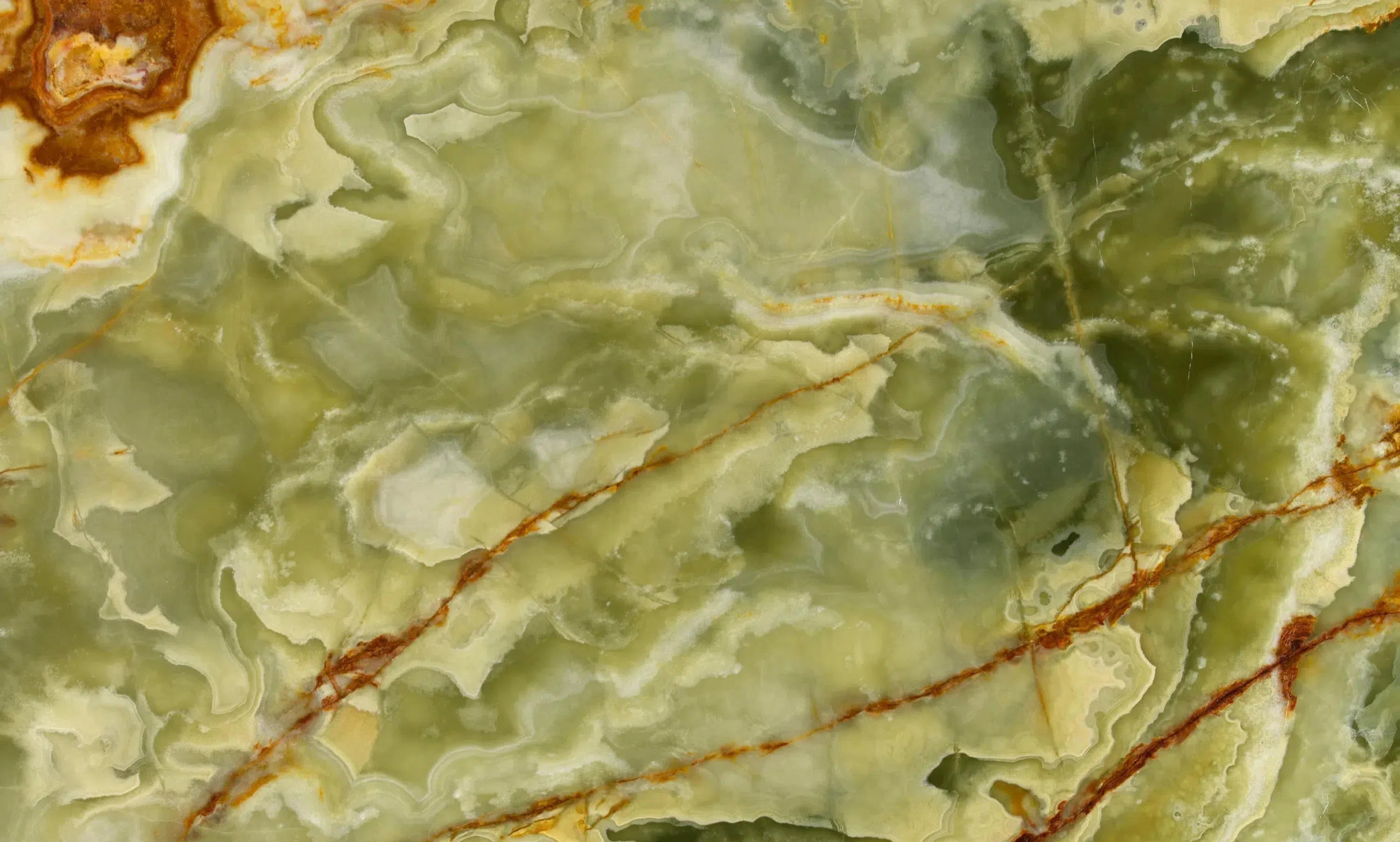 Green Onyx Marble
Green Onyx Marble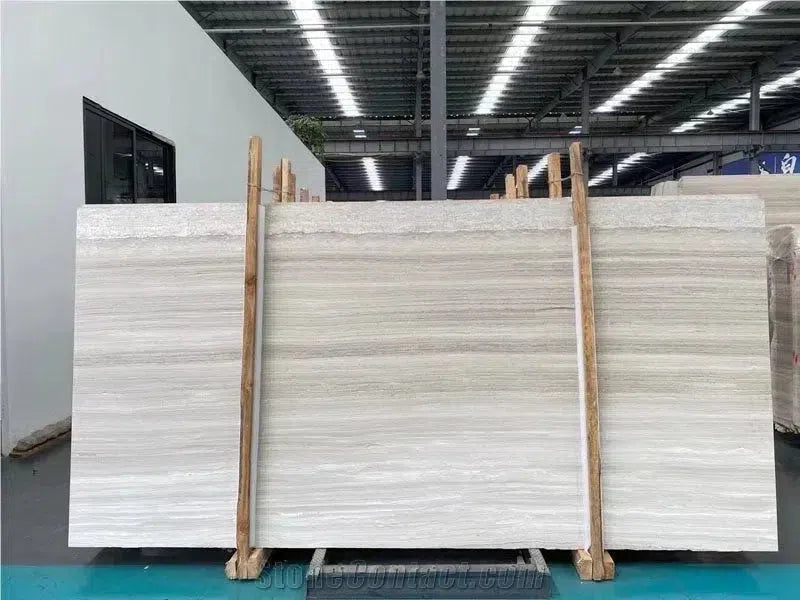 Haisa Light (White Wood) Limestone
Haisa Light (White Wood) Limestone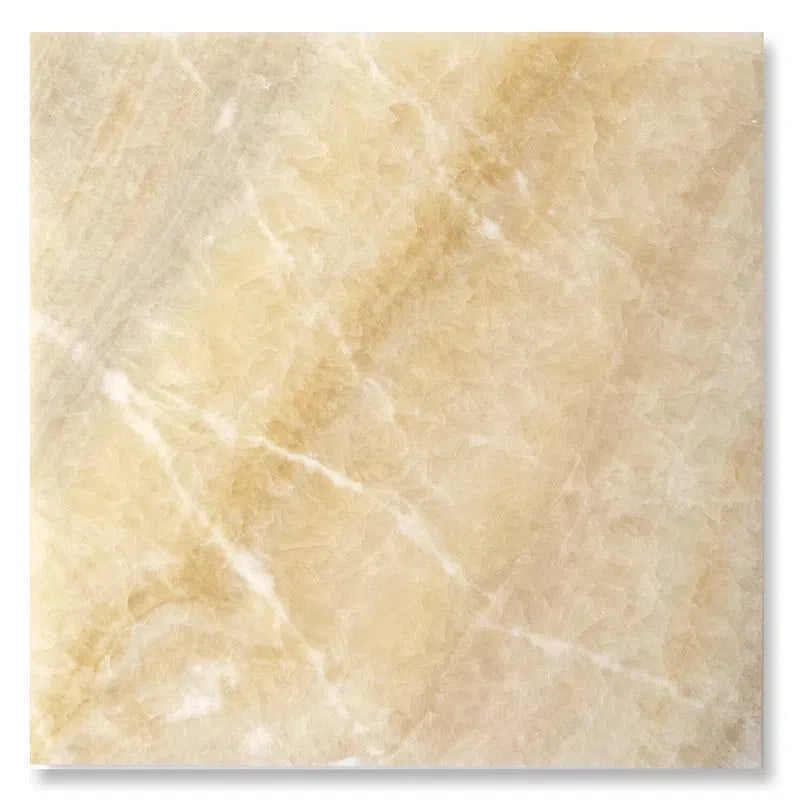 Honey Onyx Marble
Honey Onyx Marble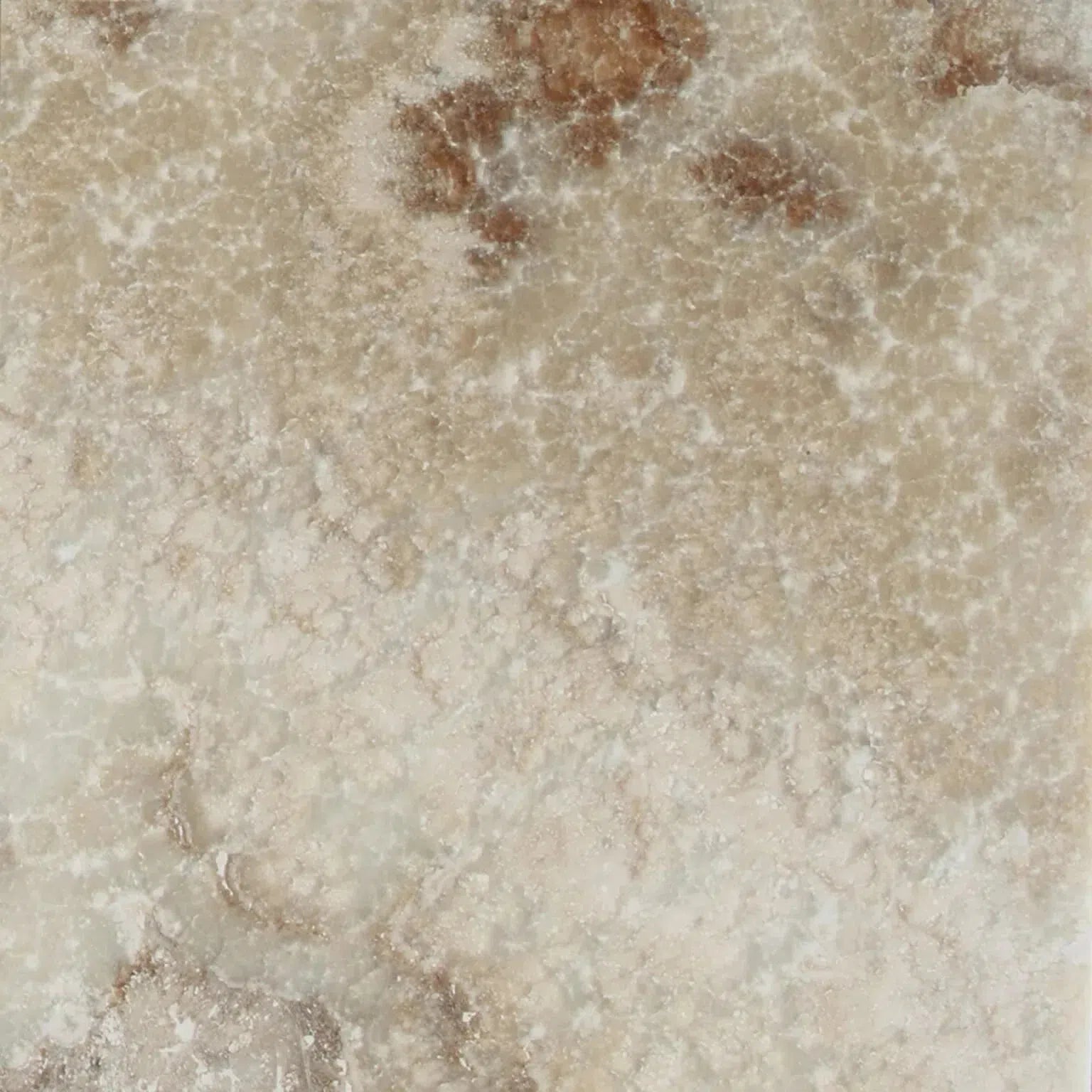 La Travonya Travertine
La Travonya Travertine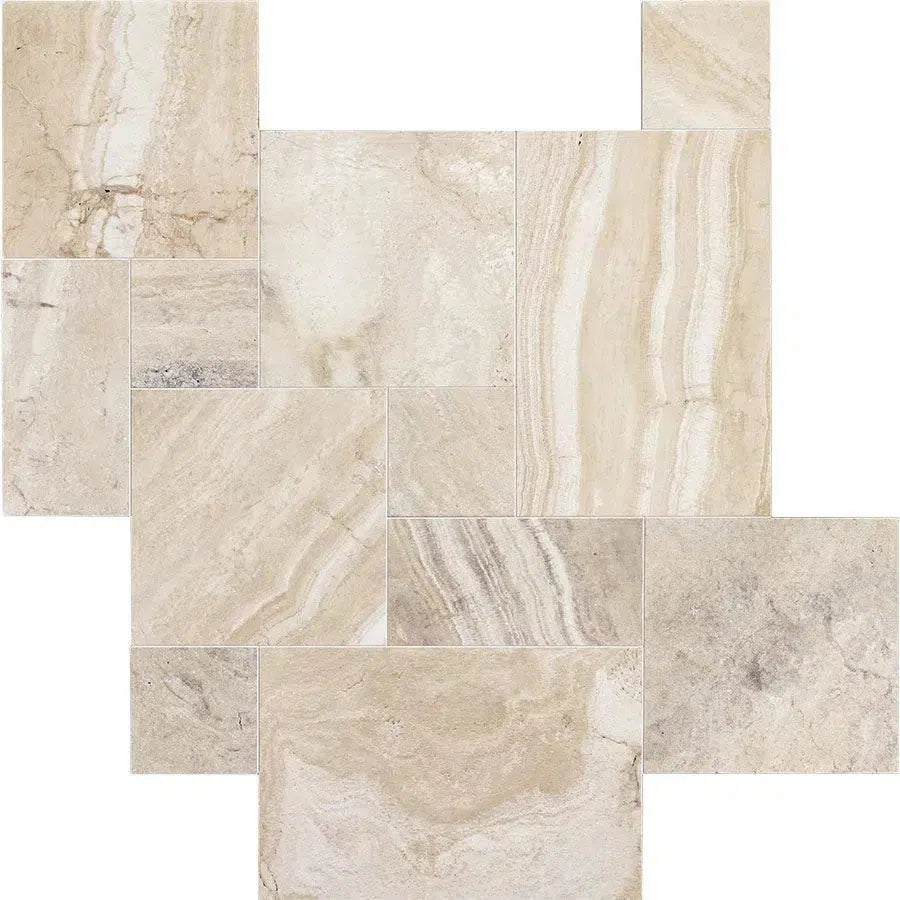 Malibu Travertine
Malibu Travertine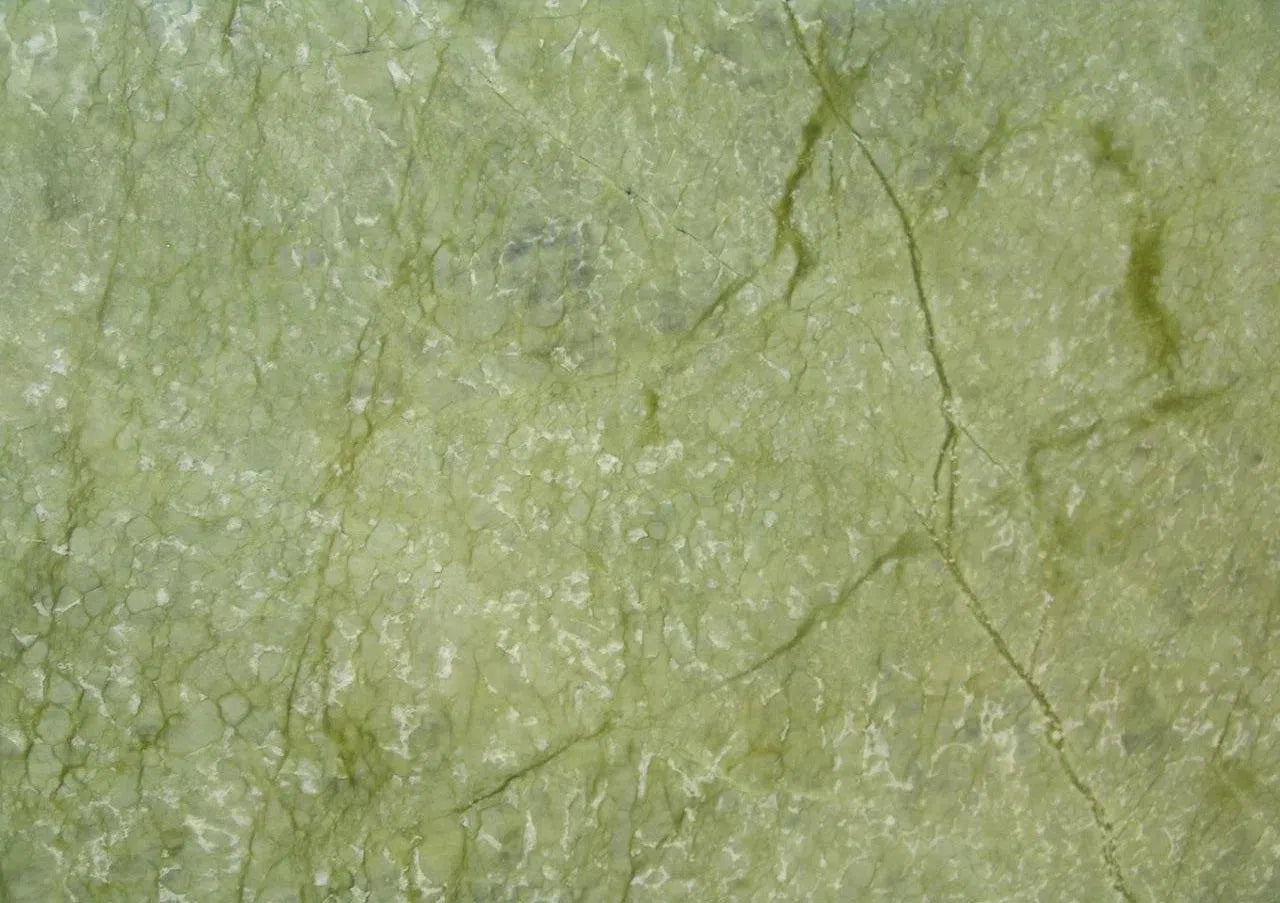 Ming Green Marble
Ming Green Marble Mink (Equator) Marble
Mink (Equator) Marble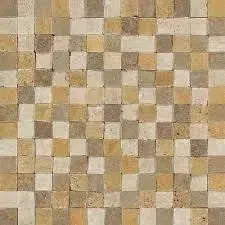 Mixed (Ivory-Noce-Gold) Travertine
Mixed (Ivory-Noce-Gold) Travertine Oriental White Marble
Oriental White Marble Pierre Bleue (Pierre Blue) Marble
Pierre Bleue (Pierre Blue) Marble Philadelphia Travertine
Philadelphia Travertine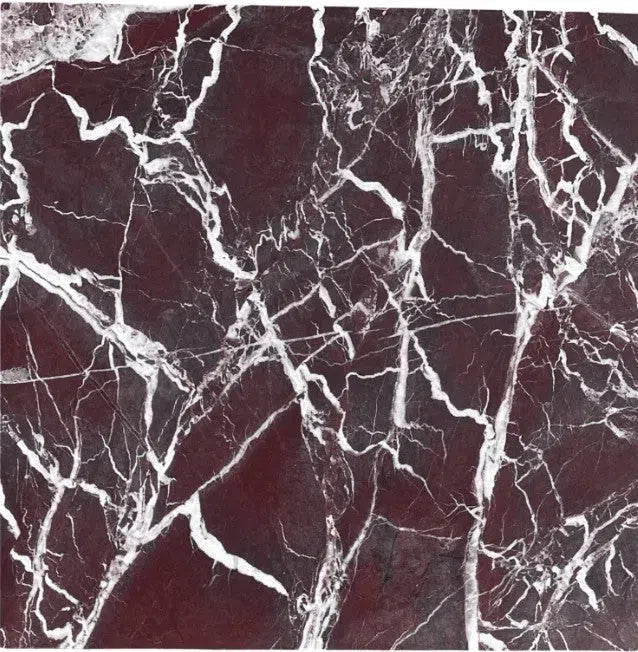 Rosso Levanto Marble
Rosso Levanto Marble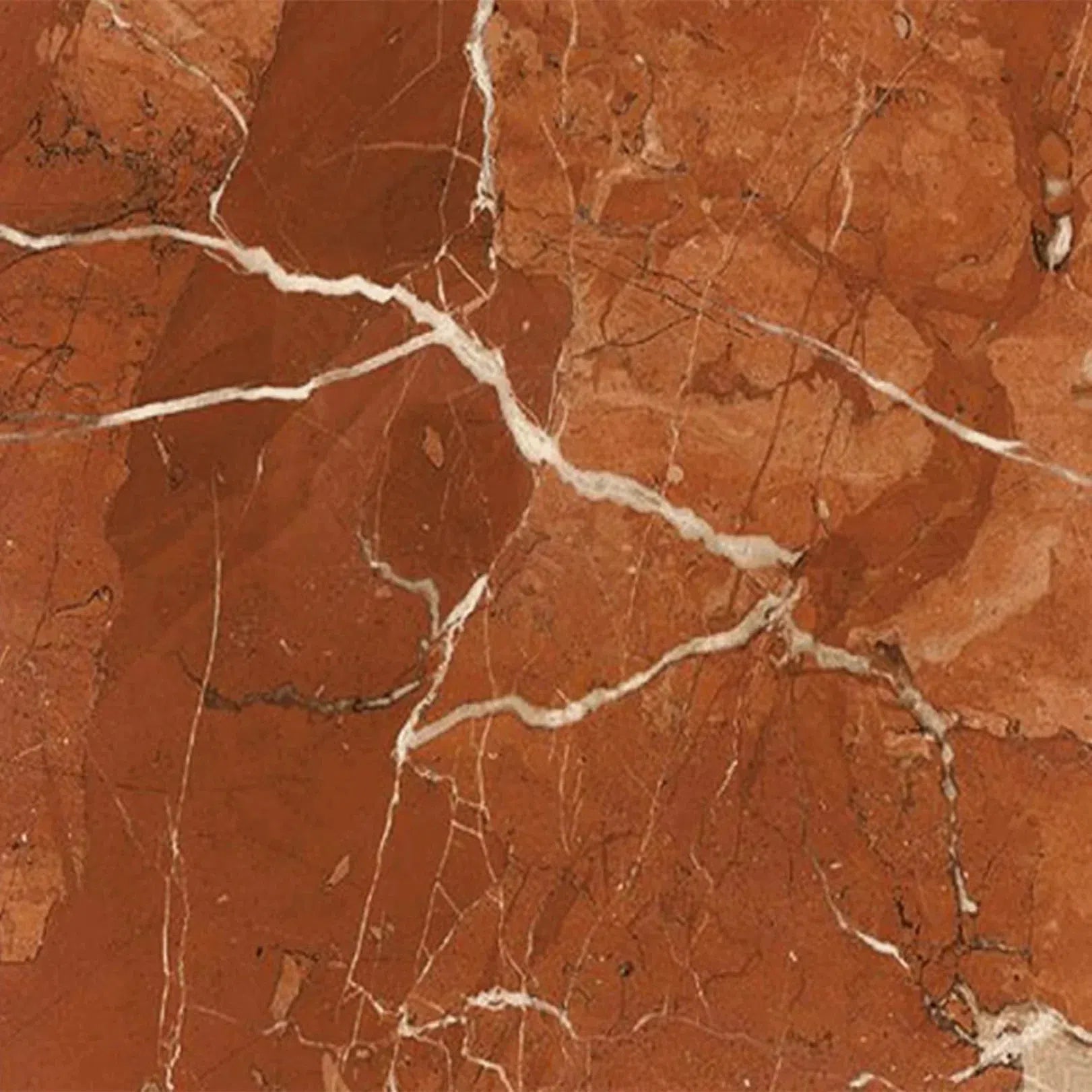 Rojo Alicante Marble
Rojo Alicante Marble Sky Blue | Azul Cielo Marble
Sky Blue | Azul Cielo Marble Snow White (Afyon White) Marble
Snow White (Afyon White) Marble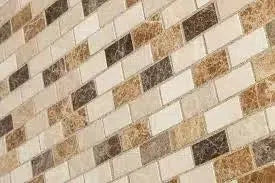 Spanish Mix Marble
Spanish Mix Marble Statuary - Statuario White (Italian) Marble
Statuary - Statuario White (Italian) Marble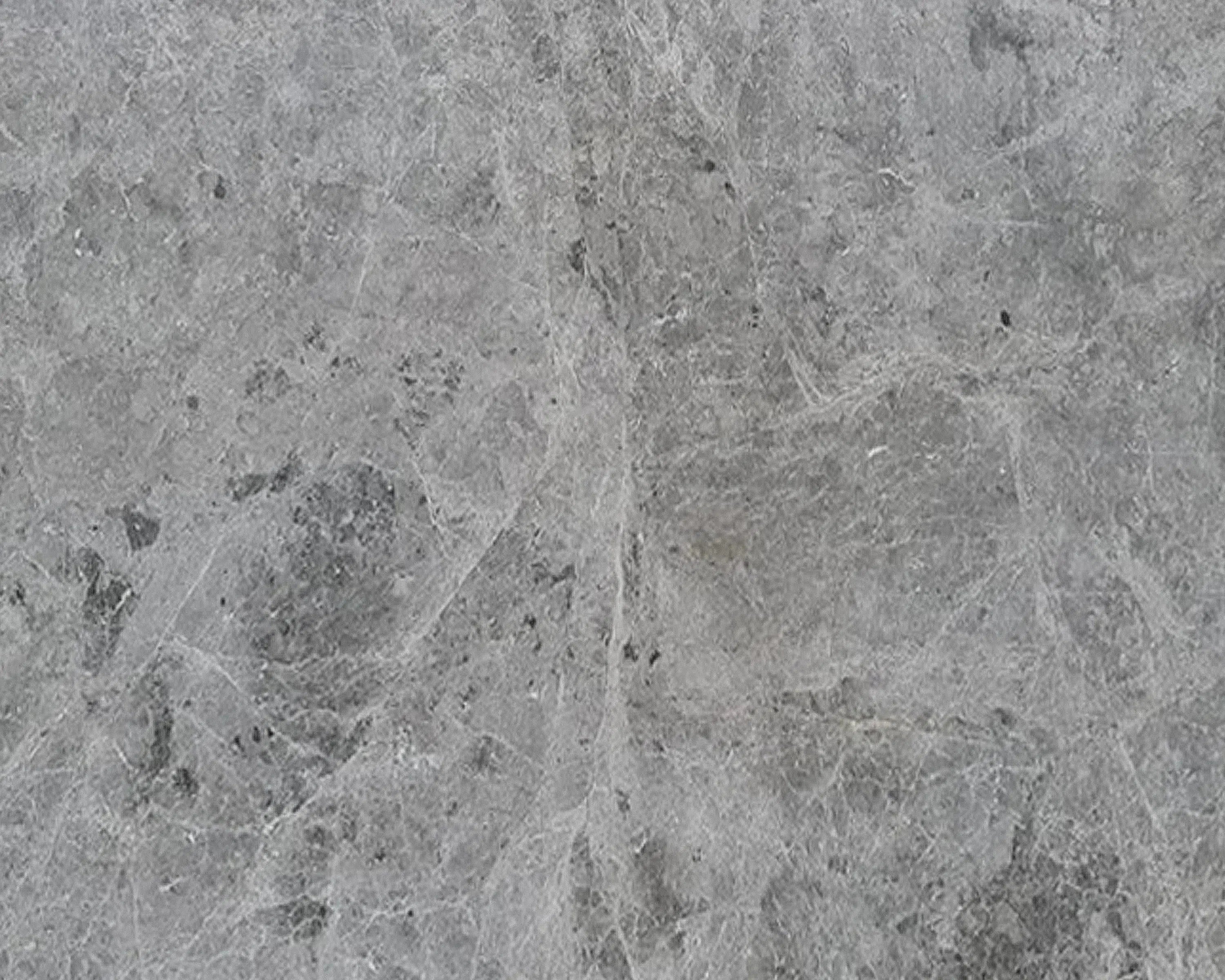 Tundra Gray (Atlantic Gray) Marble
Tundra Gray (Atlantic Gray) Marble Valencia Travertine
Valencia Travertine Valerenga Travertine
Valerenga Travertine Walnut Travertine
Walnut Travertine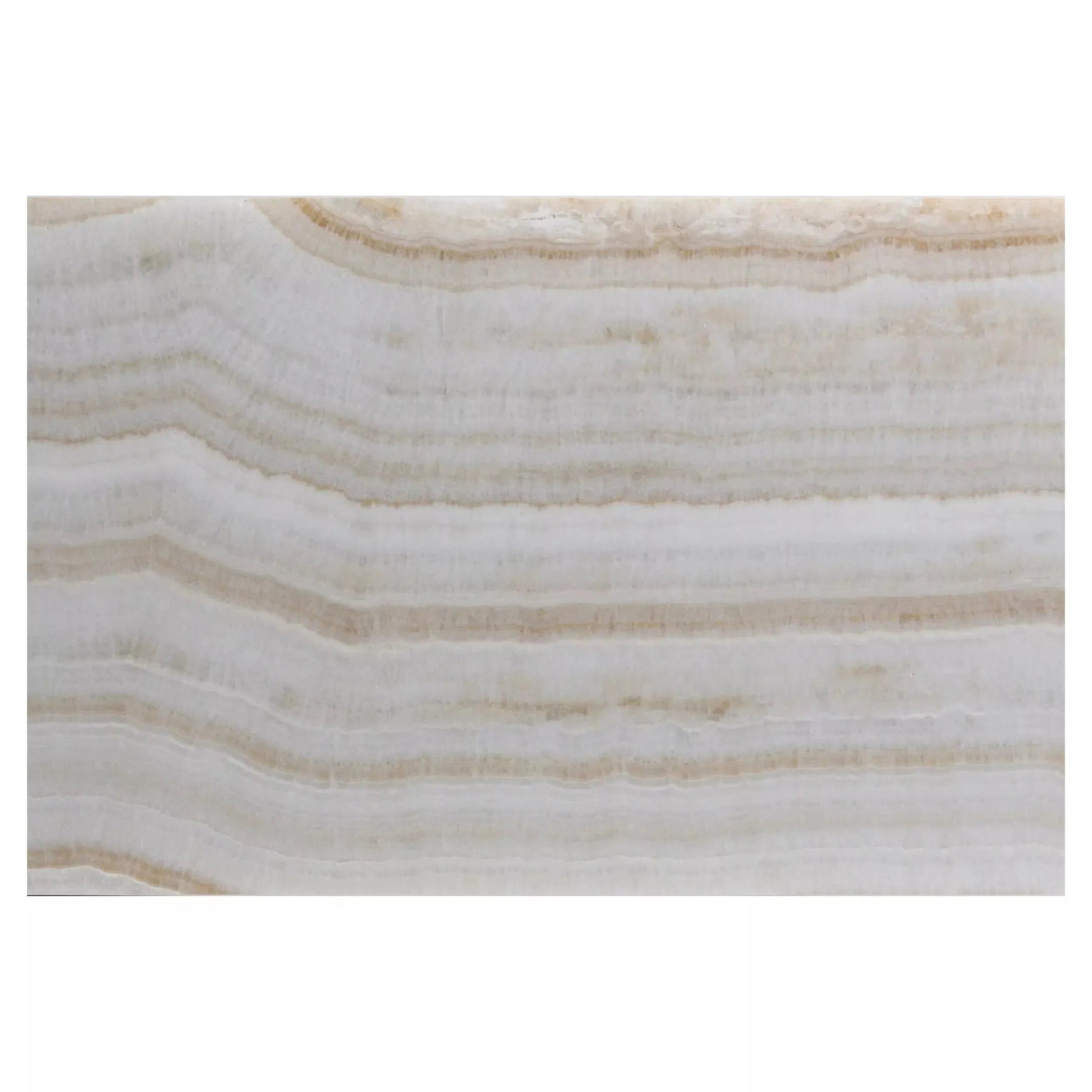 White Onyx Marble
White Onyx Marble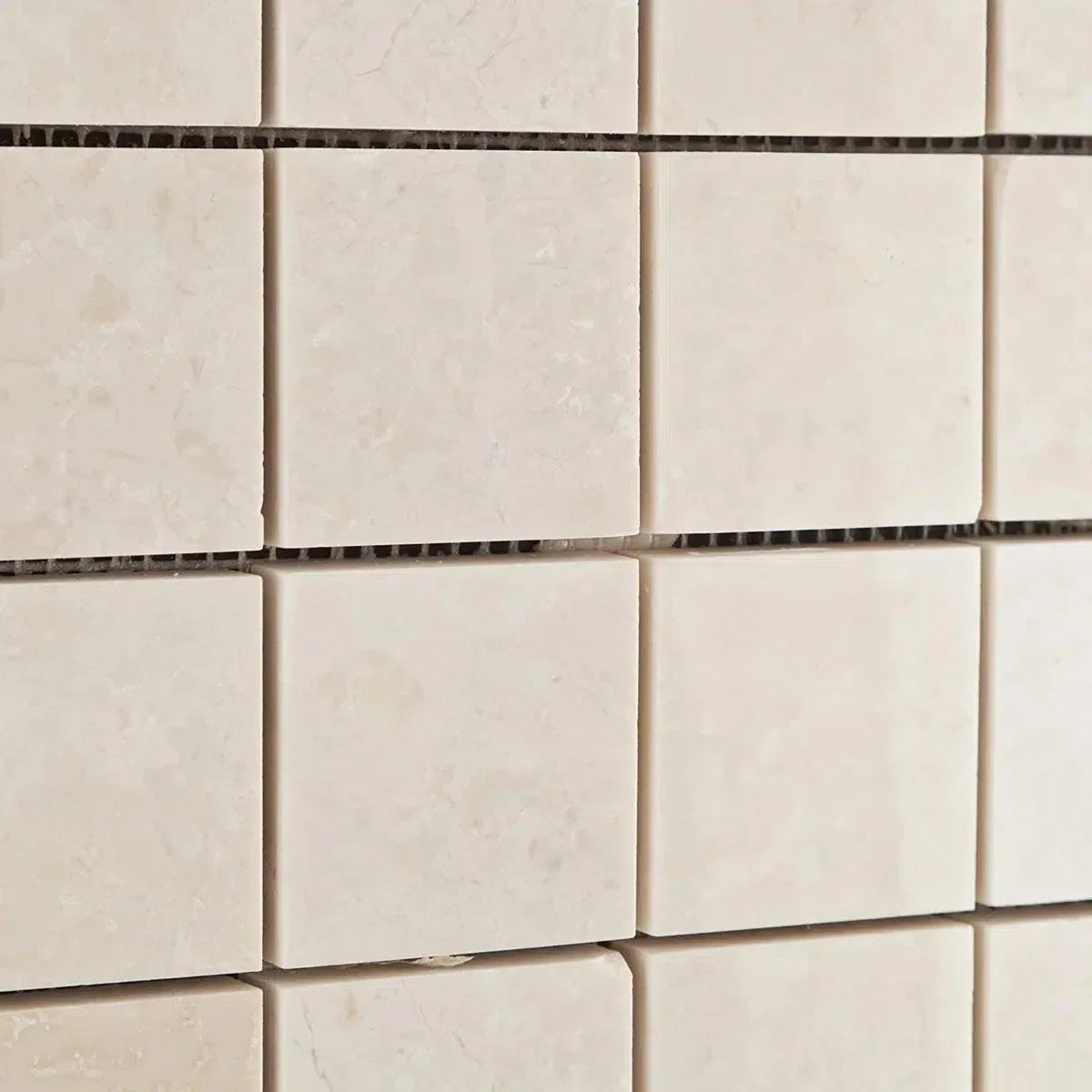 White Pearl/Botticino Beiege Marble
White Pearl/Botticino Beiege Marble Shop By Type
Shop By Type
 Marble Tiles
Marble Tiles Marble Mosaic
Marble Mosaic Travertine Tiles
Travertine Tiles Travertine Mosaic
Travertine Mosaic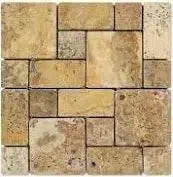 4 pcs Versailles Pattern / French Pattern Set
4 pcs Versailles Pattern / French Pattern Set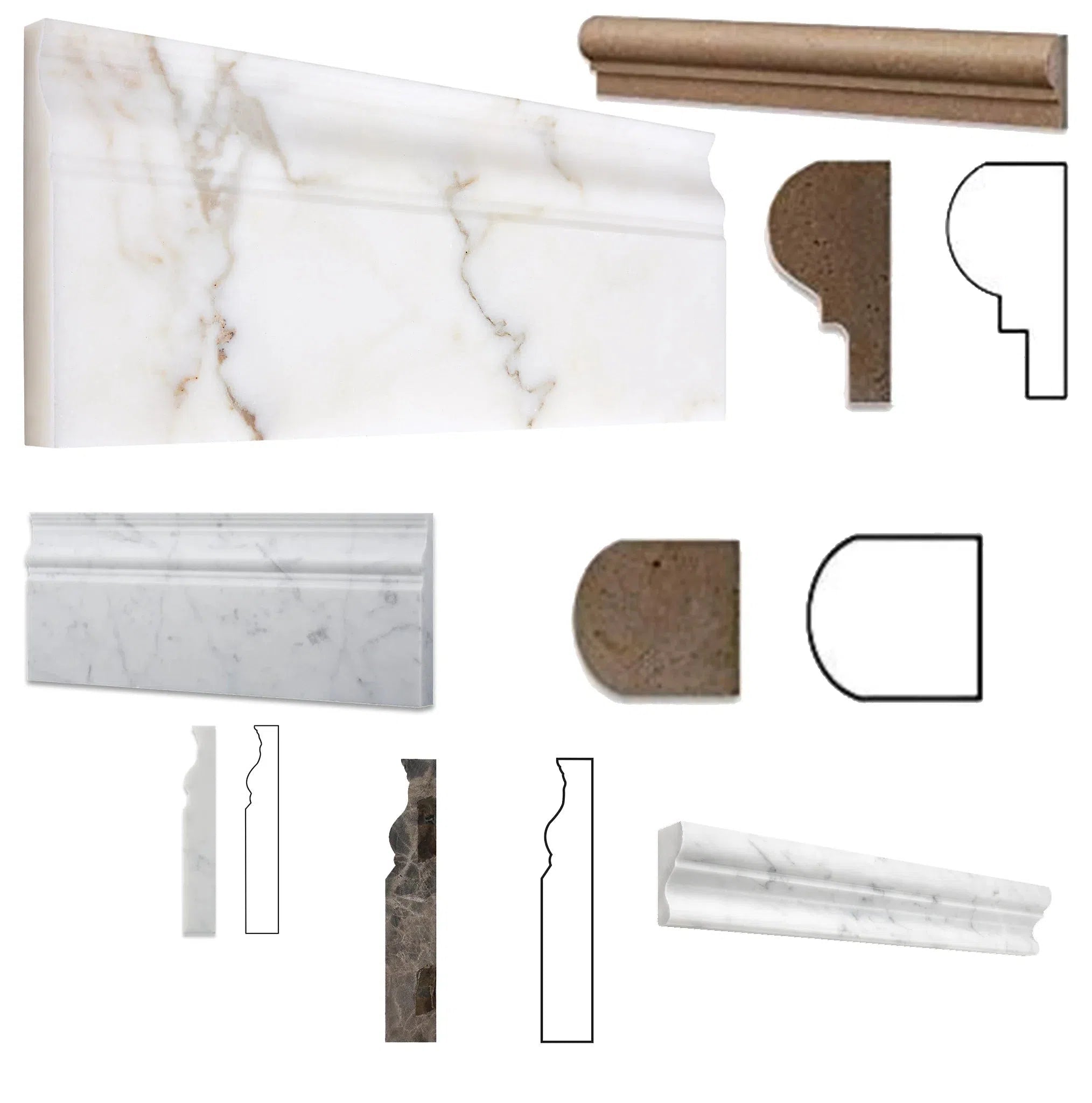 Molding/Trim
Molding/Trim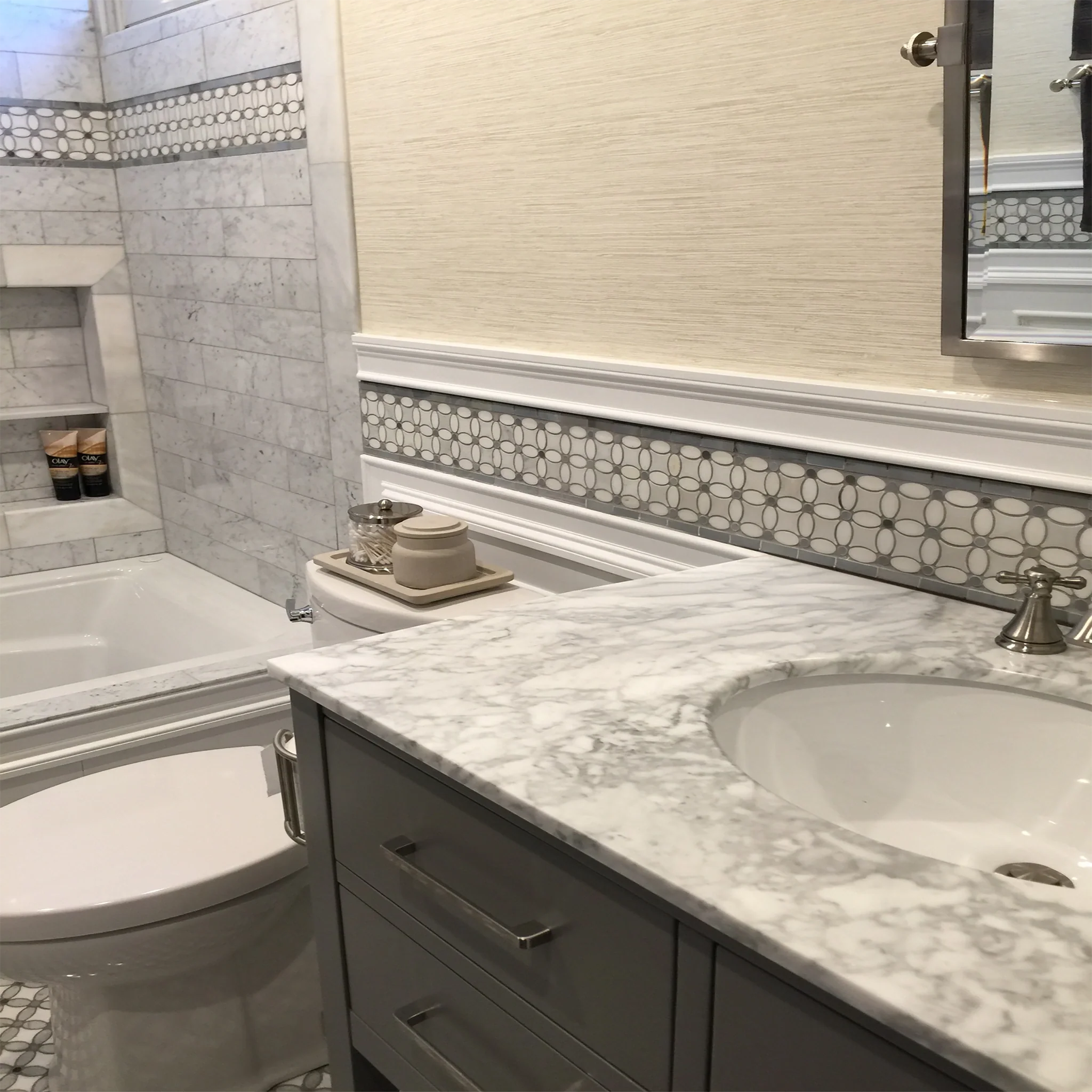 Border/Listello
Border/Listello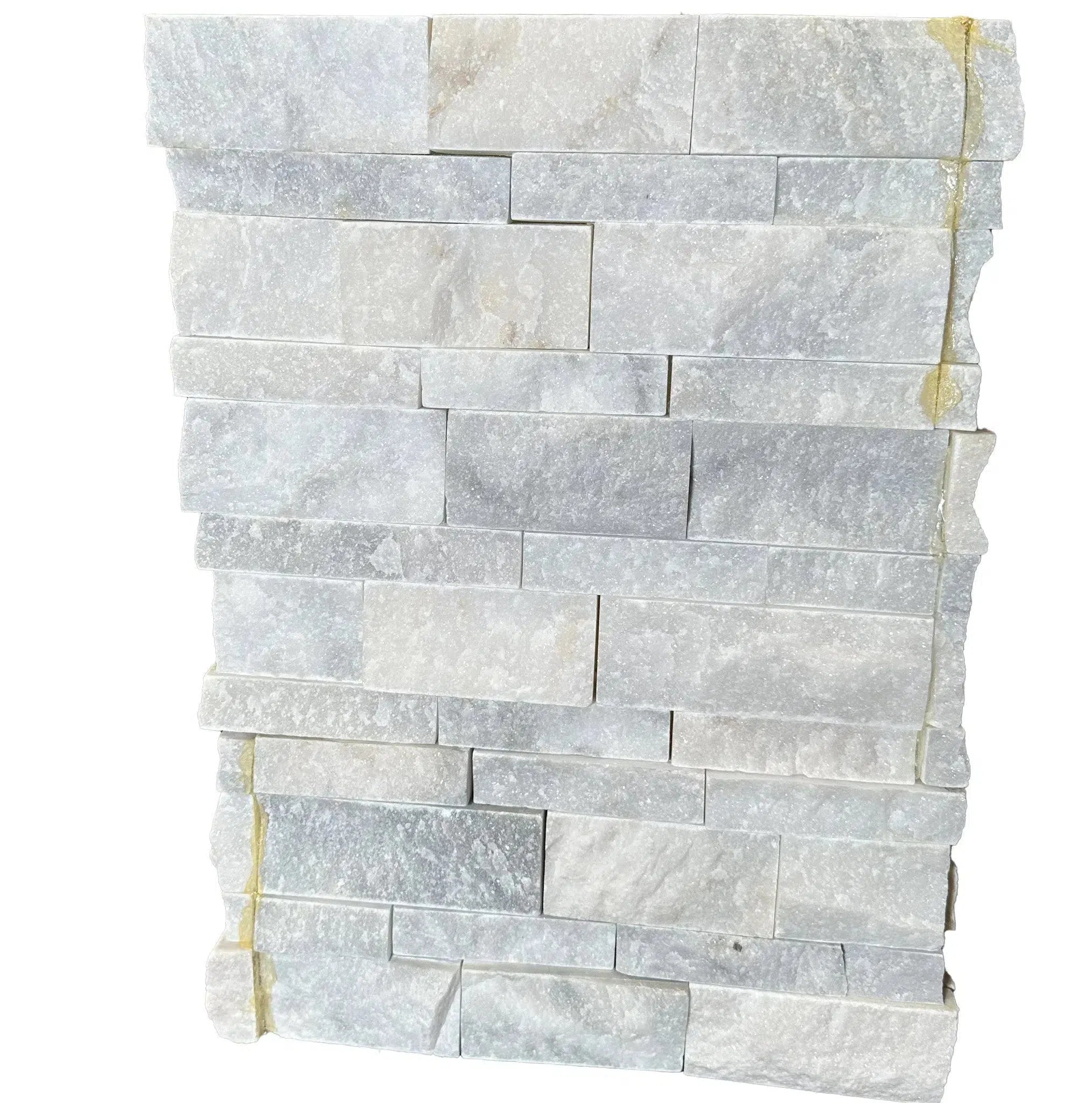 Ledger-Panel
Ledger-Panel Checkerboard
Checkerboard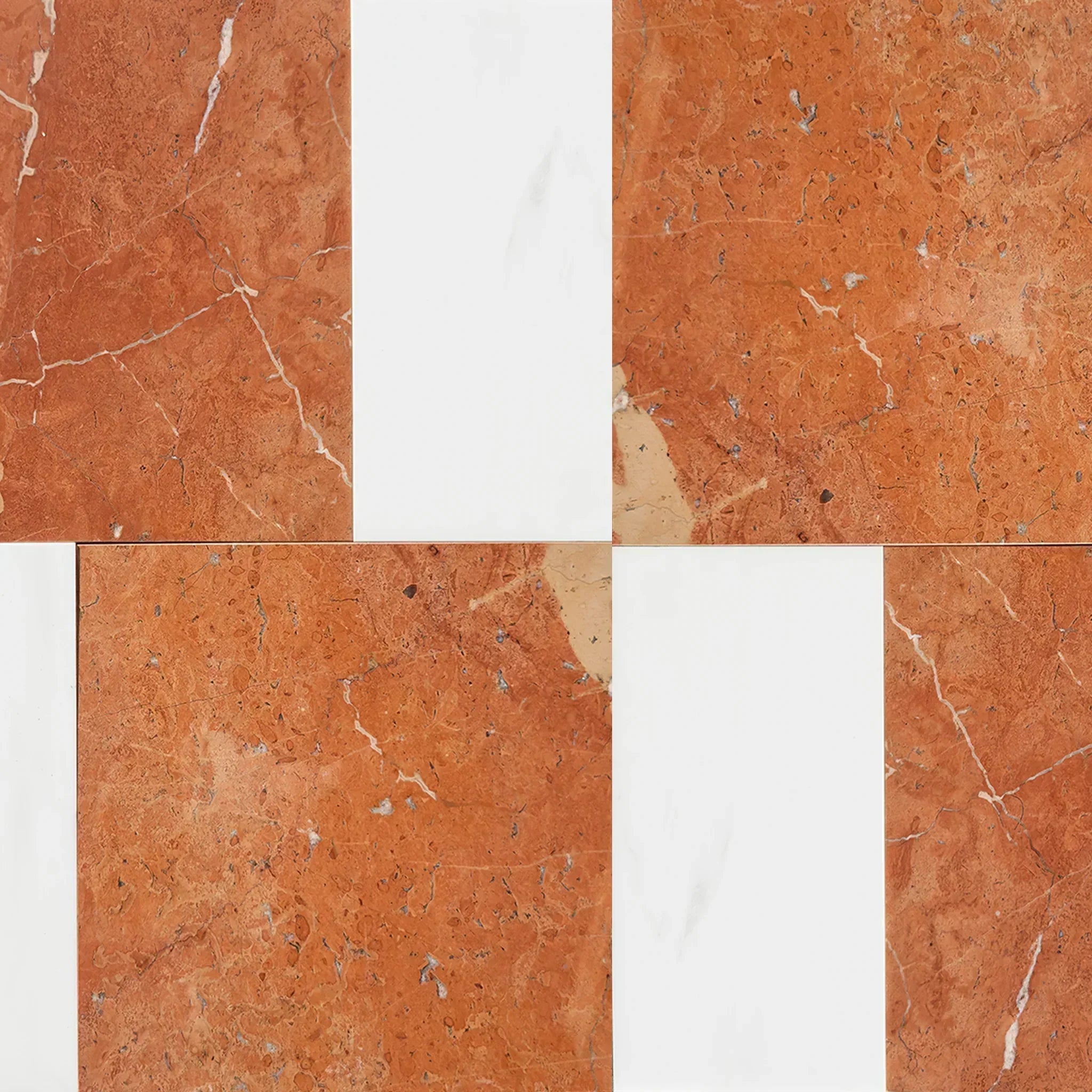 Patterned Tile Collection
Patterned Tile Collection  Shop By Finish
Shop By Finish
 Polished
Polished Honed
Honed Brushed
Brushed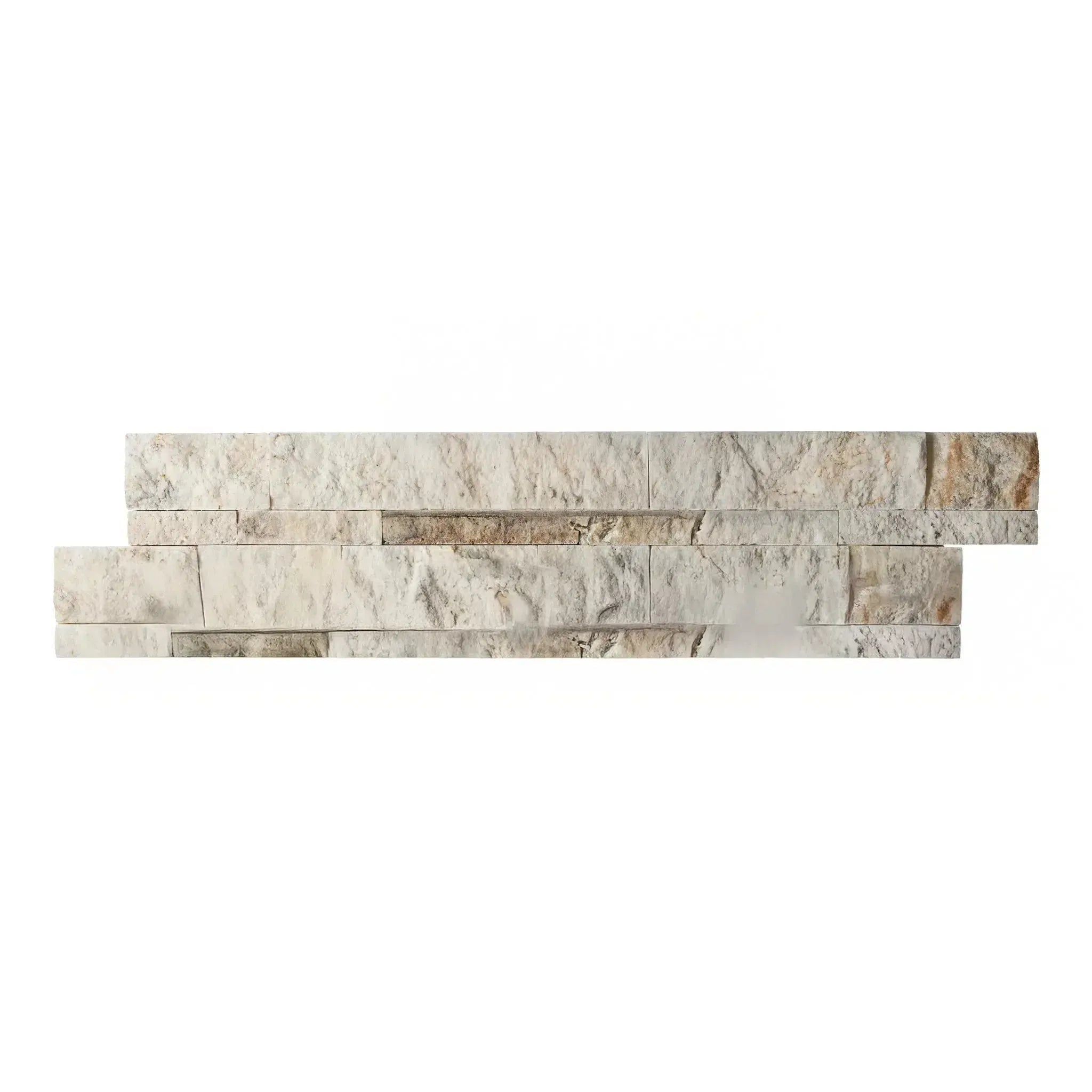 Split Face
Split Face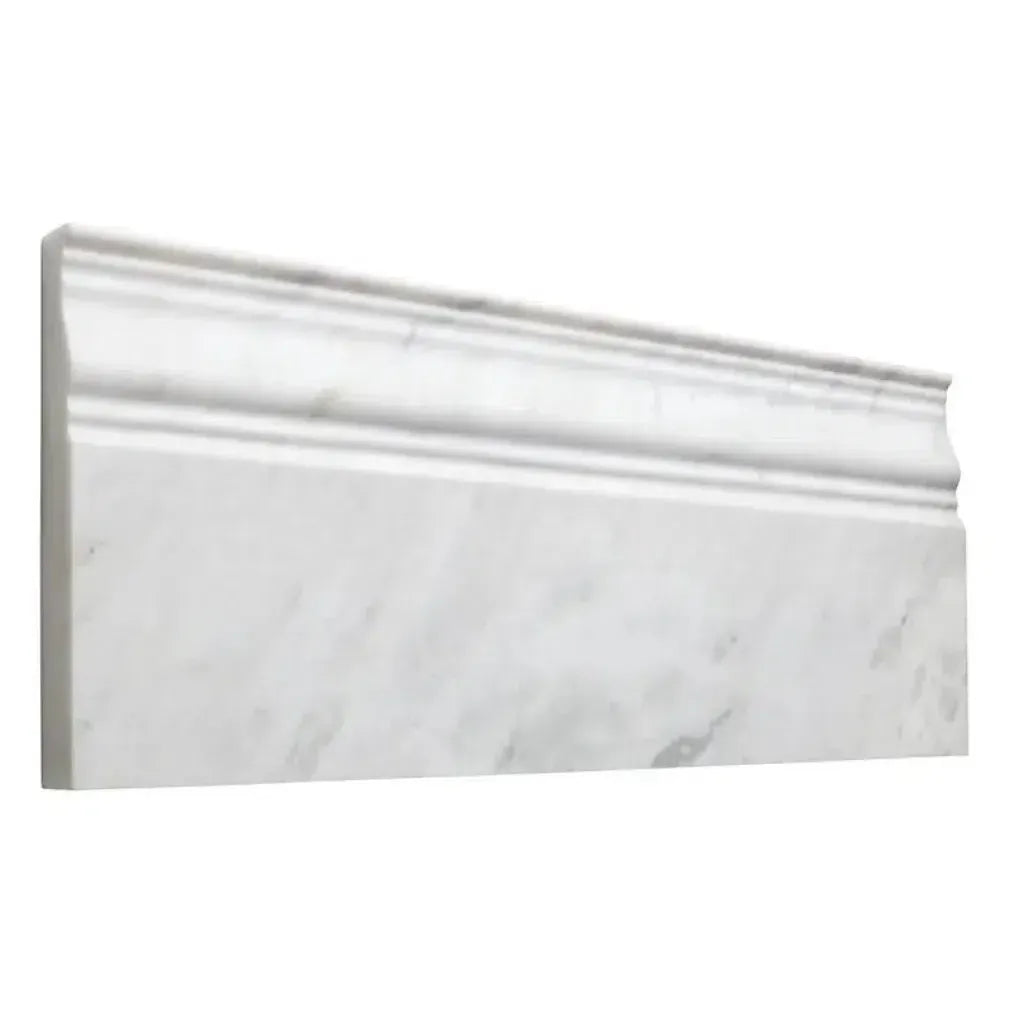 Textured
Textured Tumbled
Tumbled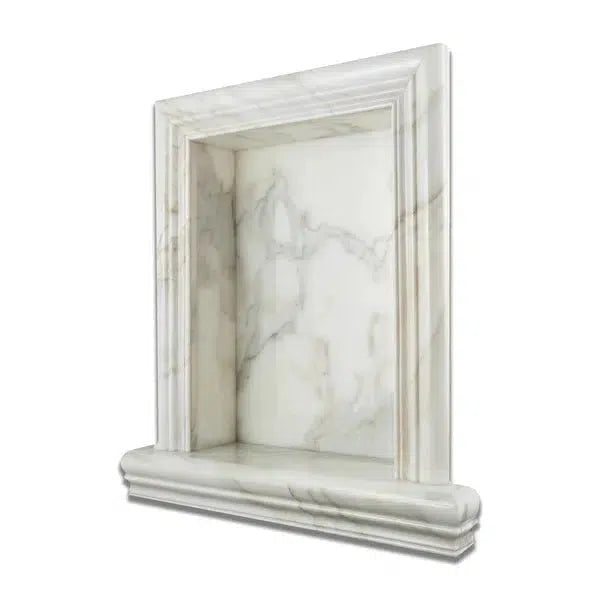 Accessories
Accessories
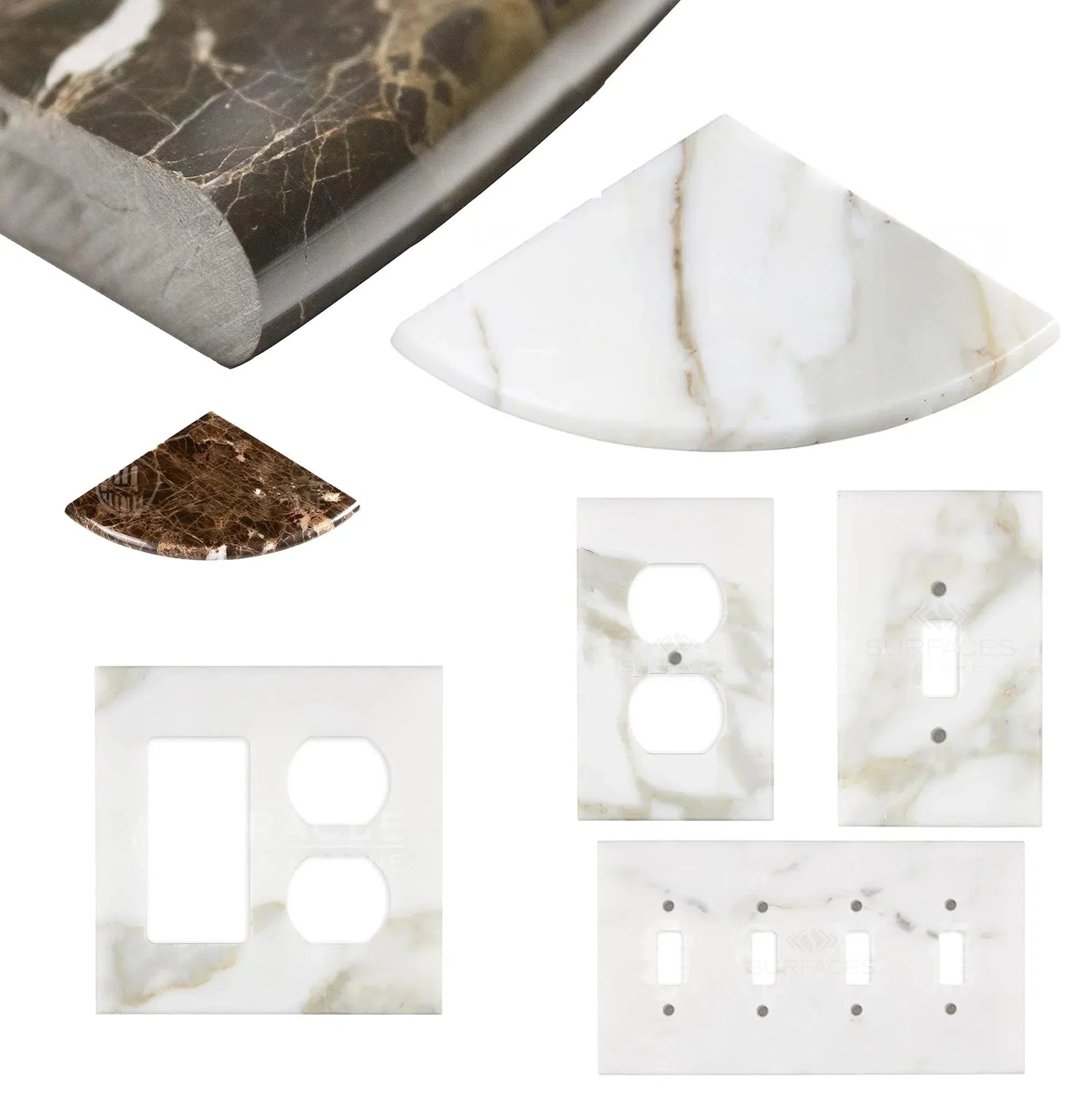 Wall Plate / Switch Plate
Wall Plate / Switch Plate Shampoo Niche
Shampoo Niche Corner Shelf
Corner Shelf Clearance
Clearance





Leave a comment